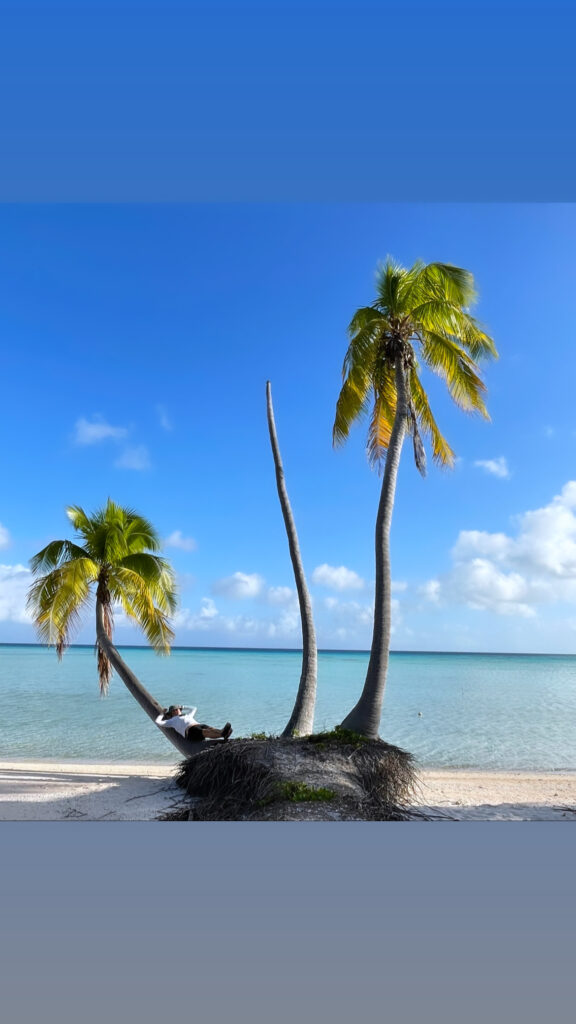
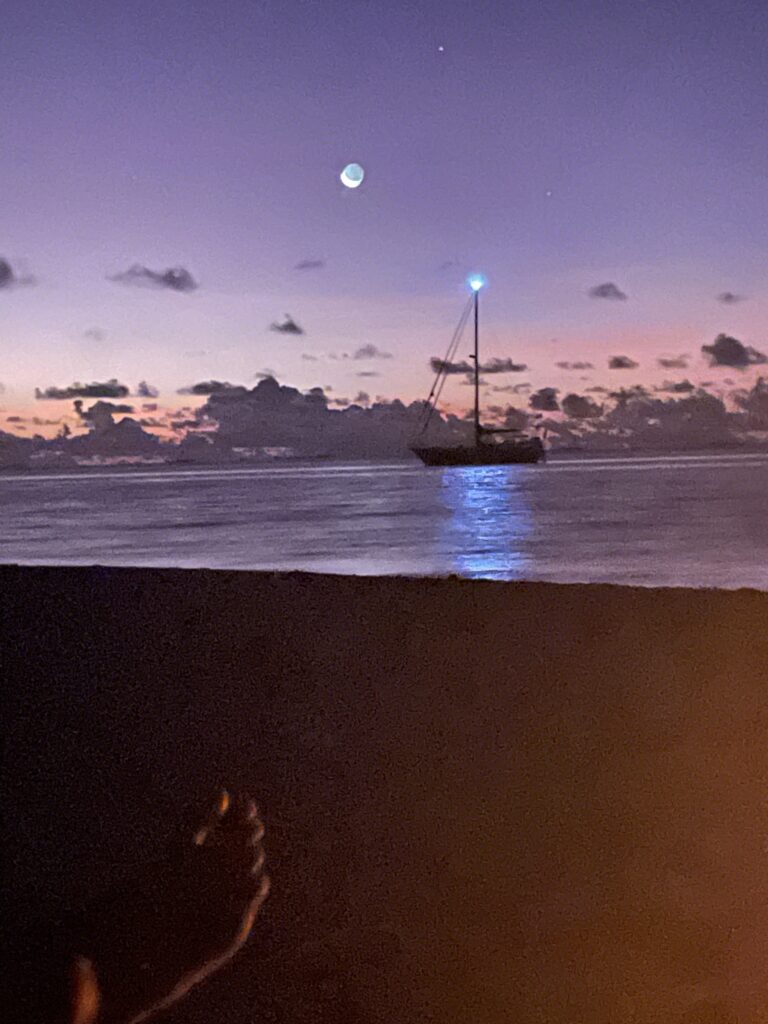
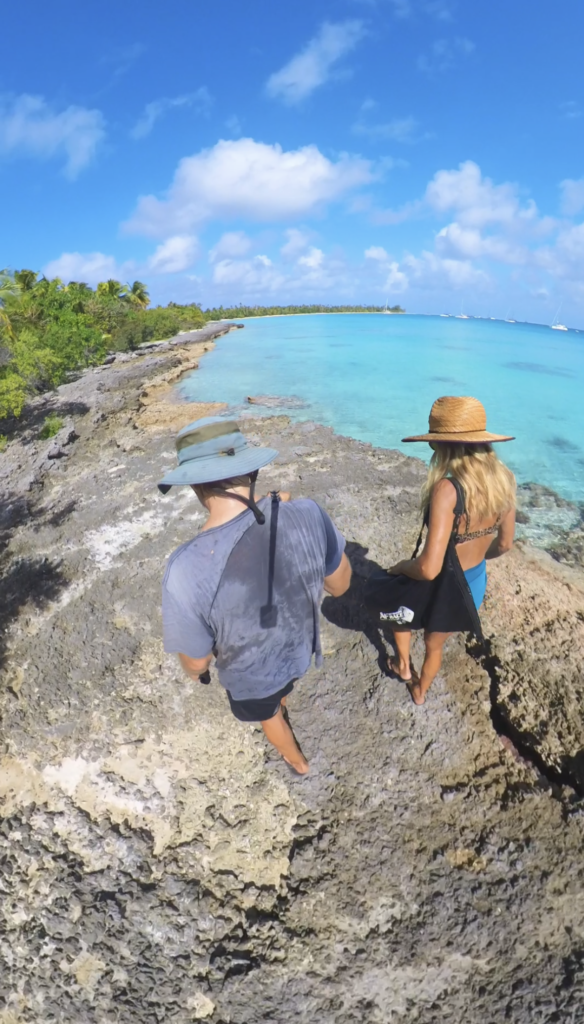
After visiting 13 anchorages on 4 of the dramatic Marquesan Islands, we bade them farewell and sailed southwest to some older volcanic formations; the atolls of the Tuamoto island group.
The Tuamotos look like quintessential tropical islands. Idyllic; straight out of a glossy tourist brochure, but minus the tourists. (Except us and others on boats of course!)
They are atolls made up of tiny motus of utterly deserted white sandy beaches, swaying coconut palms, cyan water filled with colourful coral and equally colourful tropical fish.
On looking over the back of the boat the day we arrived here Magnus exclaimed “We’ve anchored in an aquarium!” A pretty apt description. We had visits from all manner of reef fish every time we dropped small food scraps into the water. Watching them “never got old.”
We have been surprised at how big the atolls are. The longest is over 50km, meaning a 6 hour sail from one end to the other. This means it would be possible to happily spend many weeks in a single atoll. In the three we have visited, we’ve moved between deserted, isolated motus, small towns, long sweeping beaches, and busy dive spots – all different versions of island paradise. Faves include Rairoa; for its warm water, tiny motus, great snorkeling, and empty beaches; Makemo for its beaches and pretty village that although small and picturesque provides many services and resources to surrounding islands; and Fakarava for its long stretches of gorgeous white beach and tiny sand islands at low tide, relaxed cruiser company, acrobatic kite surfers, and terrific drift snorkeling.
We were lucky enough to arrive at Fakarava at precisely full moon in July when the groupers spawn, and an incredible number and array of sharks accompany the spawning, creating the renown “wall of sharks.” We snorkelled, drifting through the pass on an incoming tide, watching a fantastic aquarium show in 3D.
The coral was varied and teeming with life, the reef dropping away sharply, giving way to clear royal blue depths.
We saw a multitude of fish; some in dense schools that were fairly unperturbed by us, allowing us to swim almost through them, parting just enough to let us pass. Also unperturbed and close by, were large black tipped reef sharks. Gliding silently past, they were indifferent to us. The feeling was not mutual however, and I got a slight shiver of nerves for the first few times at least. It was the only snorkeling expedition that we held hands the whole time. Let’s call it the “shark effect.”
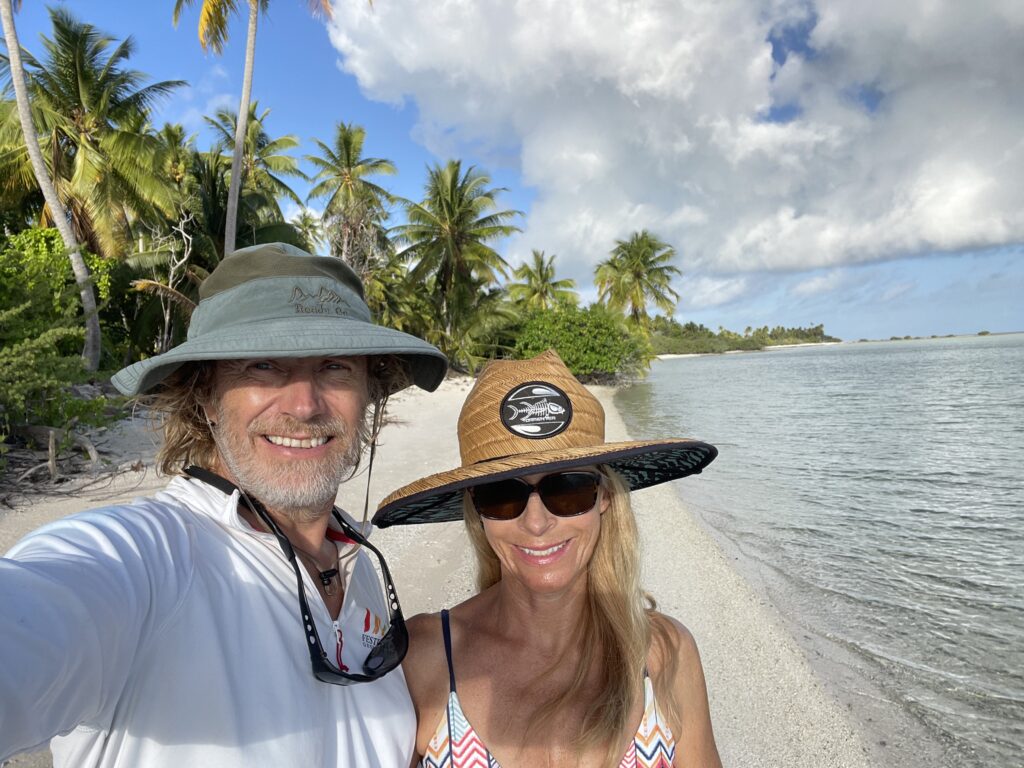
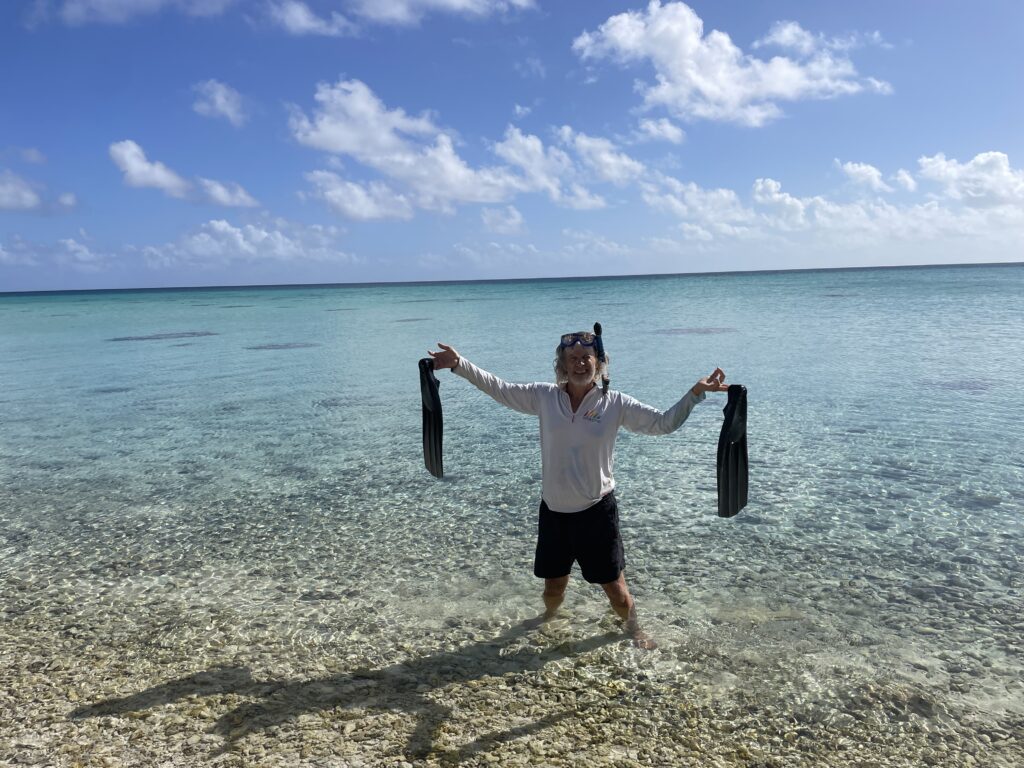
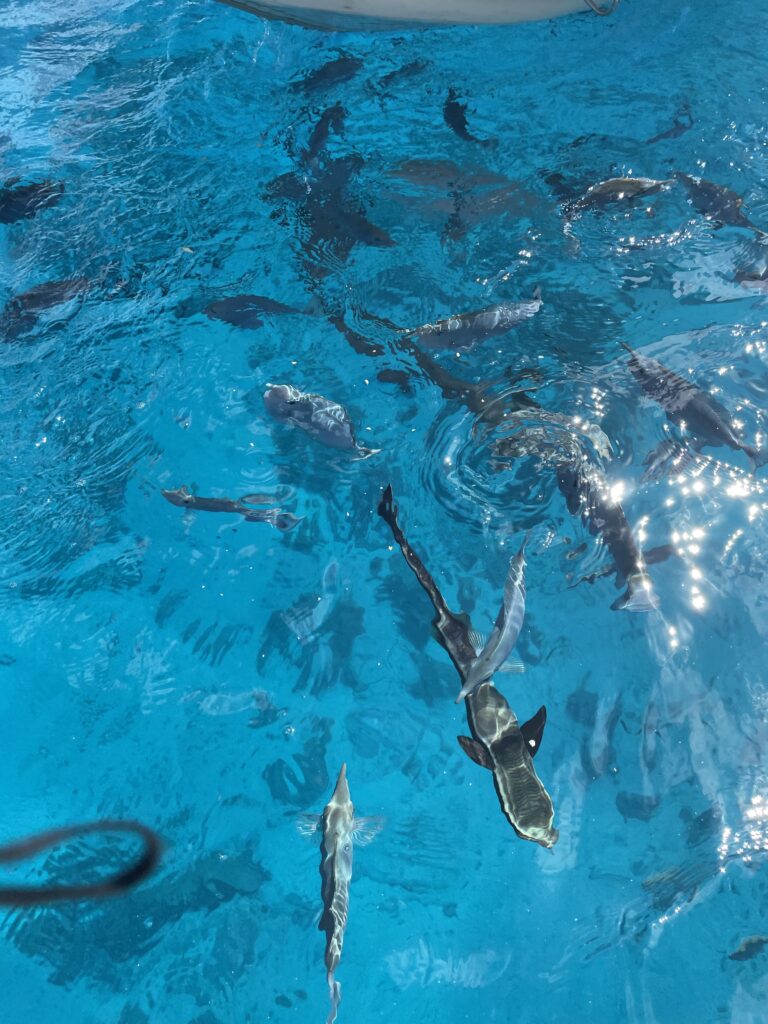
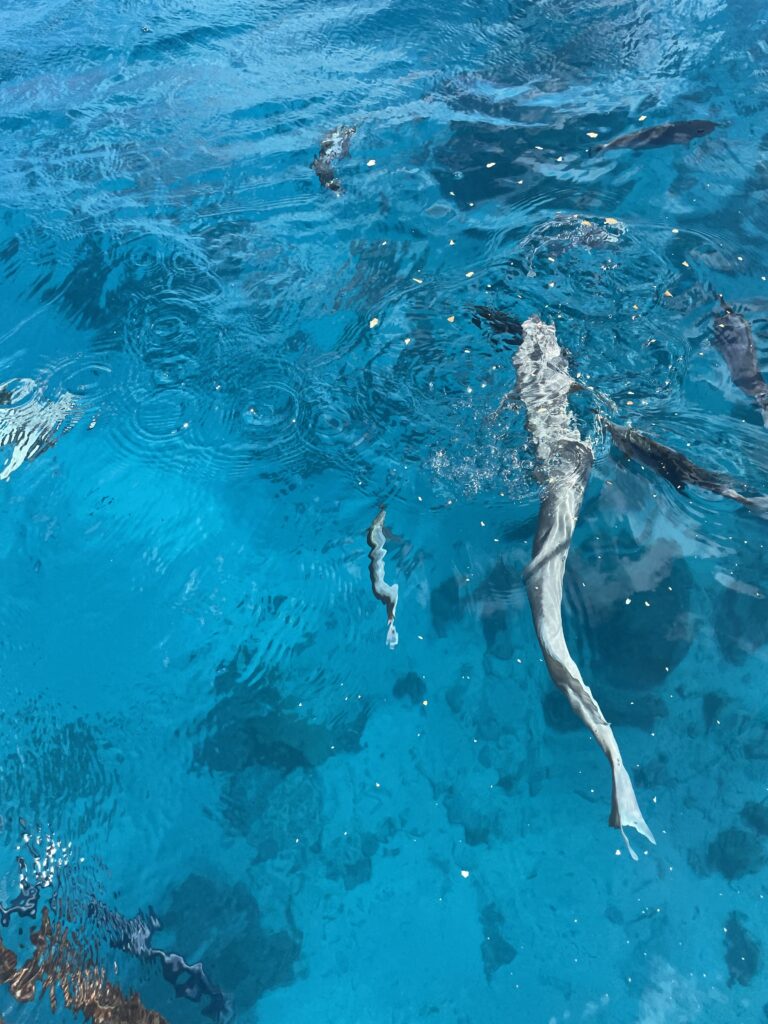
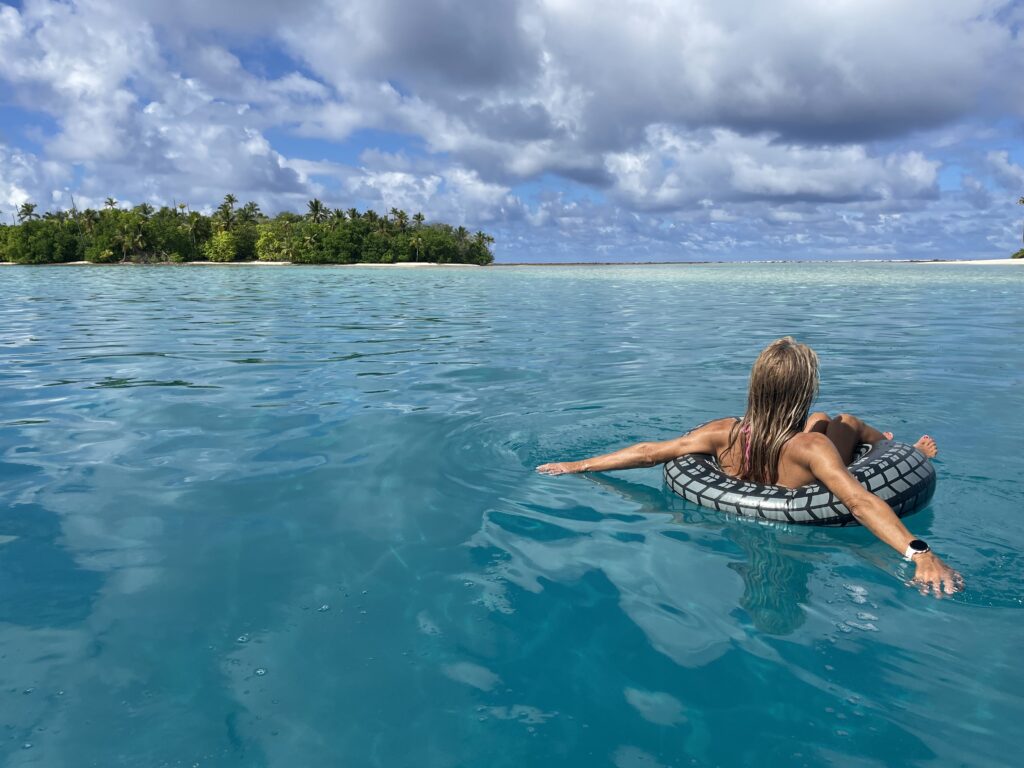
NEW EXPERIENCES:
- Learning how to enter the atolls through narrow passes, considering many variables. Tide, daylight, wind, and current have to all be in sync for safe passage. This has kept the Captain on his toes, and after the first one, a small whiskey was required! There are only two times per day it is possible to either enter or exit, so when leaving one atoll, the timing to get to the next one to enter means that the sailing is very like to have to be stretched out, or we have to wait outside the pass, sailing up and down near the atoll for the tide to be slack to enter.
- Eyeball navigation through the beautiful but bommie filled atoll interiors, assisted by some satellite photos. This is best done with someone on the bow, polarised glasses on, with the sun overhead and a little behind to enable good vision down into the water. The eyeballer must stay focussed!
- Floating our anchor chain to avoid damaging or getting hooked on the many coral heads. The sight of dead coral is disheartening, and nails home the neccessity to preserve the marine environment. Anchors are probably a minor player, but every conscious action must help. Some places provide moorings to negate the need for anchoring, but mostly careful anchoring is required. The floatation is provided by attaching fenders at regular intervals while still setting the actual anchor in sand. A new task for the first mate, not without its hiccups, but getting easier every time.👍
- Being able to clearly see our anchor in 15 m of water sometimes – it’s sooo clear! This is also helpful to see where it is clear to anchor if the weather is favourable.
- Learning how to make palm leaf baskets by watching locals and visitors. This happened one evening sitting in the sand, under palm trees, with a relaxed mixed crowd, listening to conversations in many languages. Some of the baskets were to be used as plates for BBQed fish later in the evening.
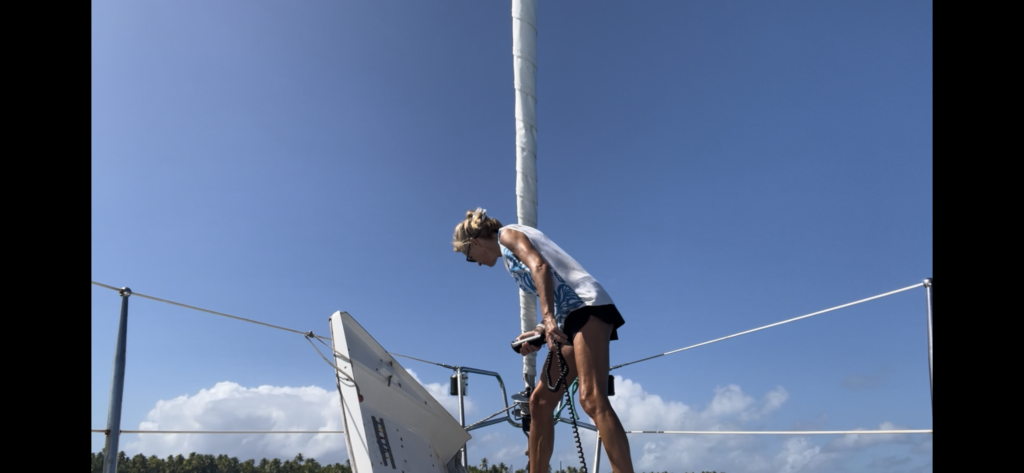
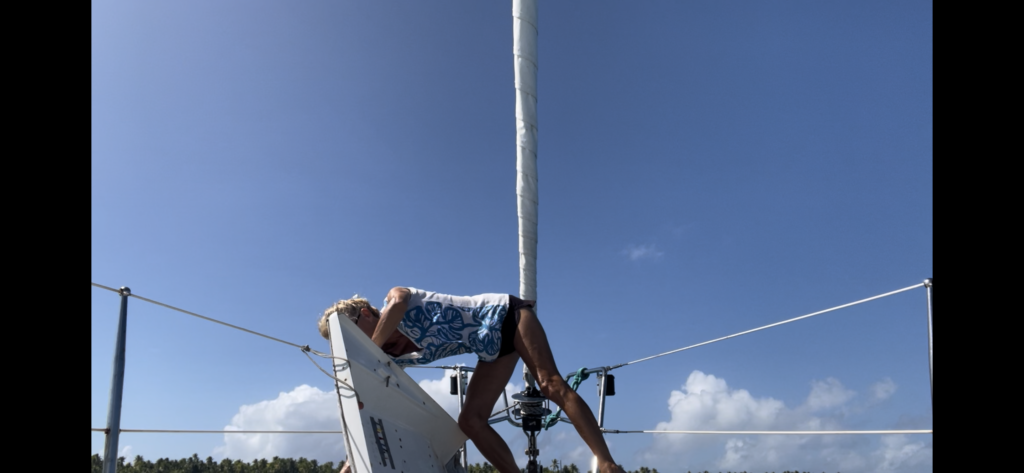
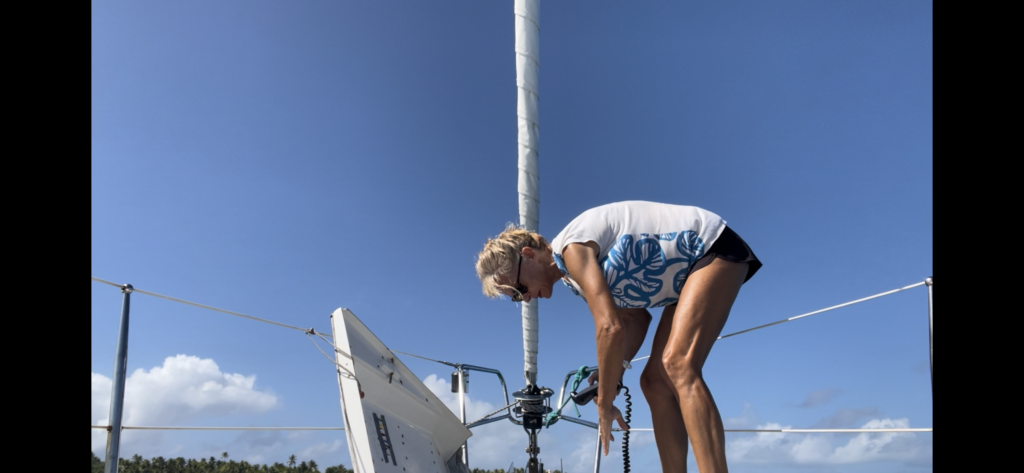
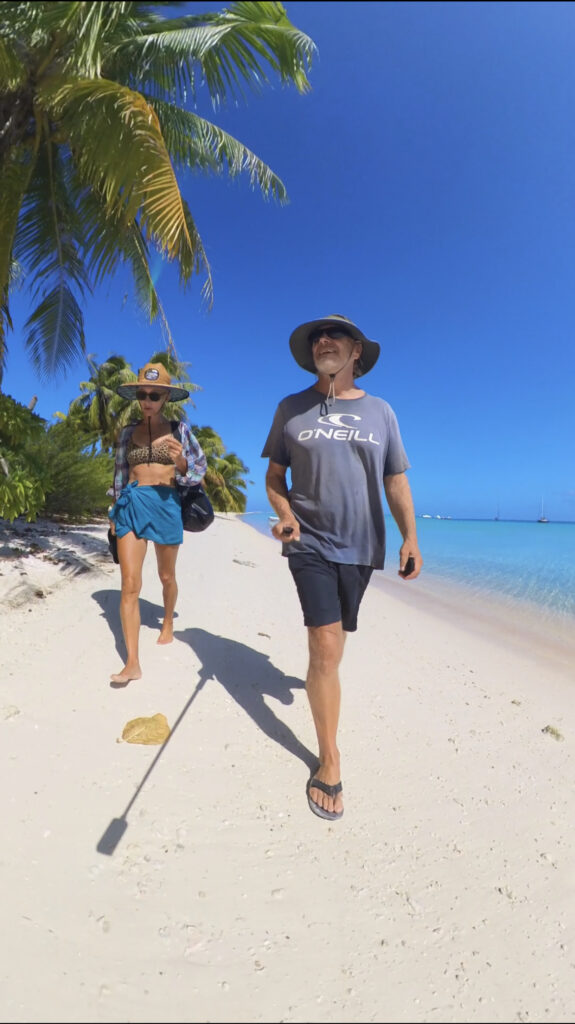
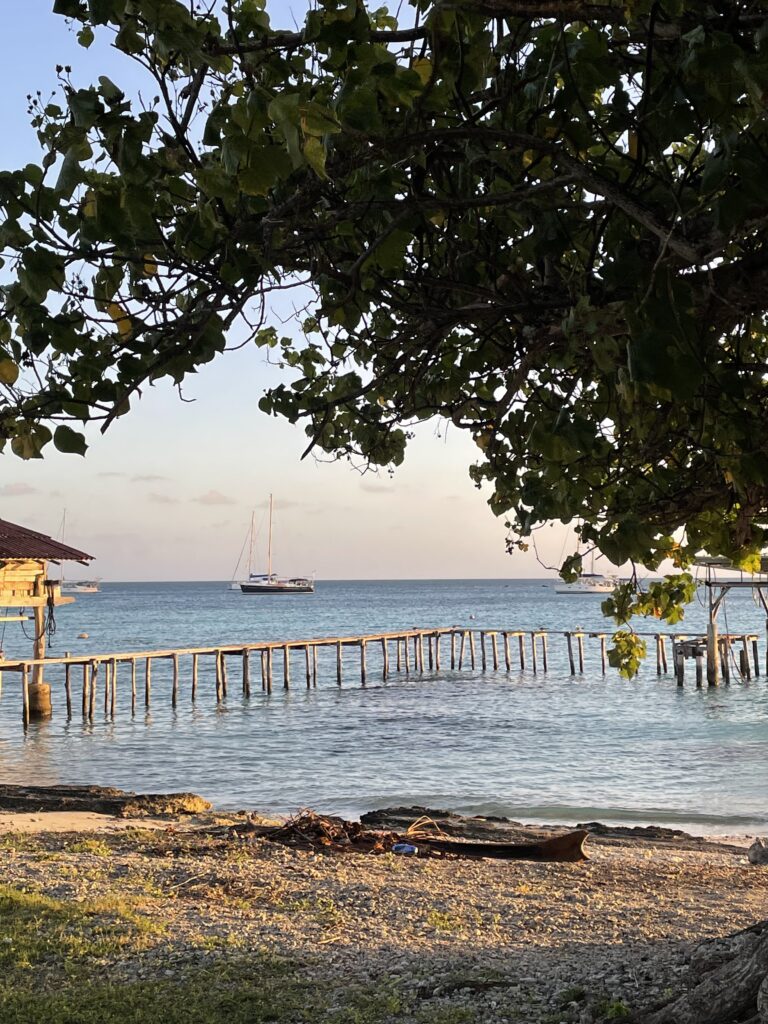
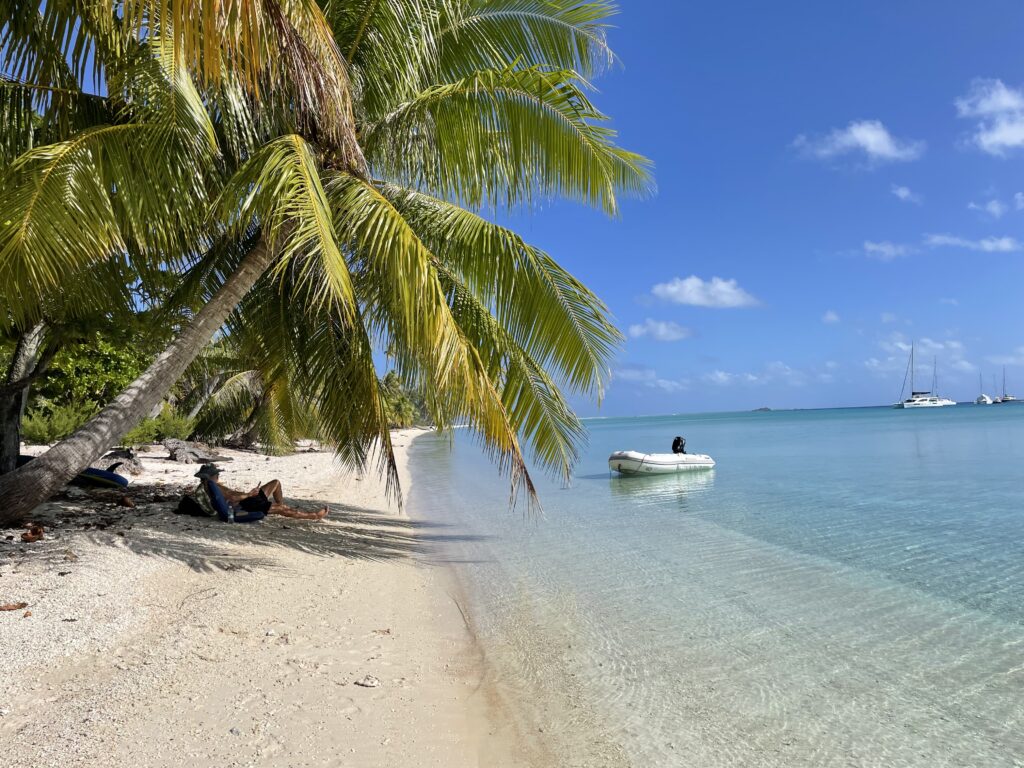
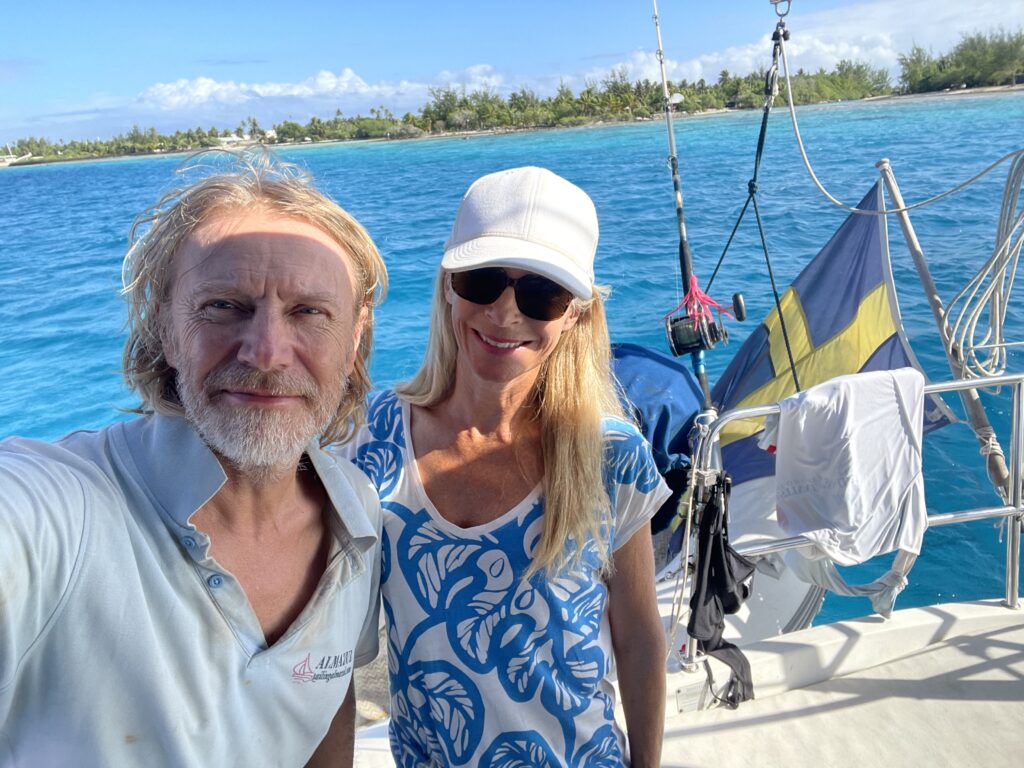
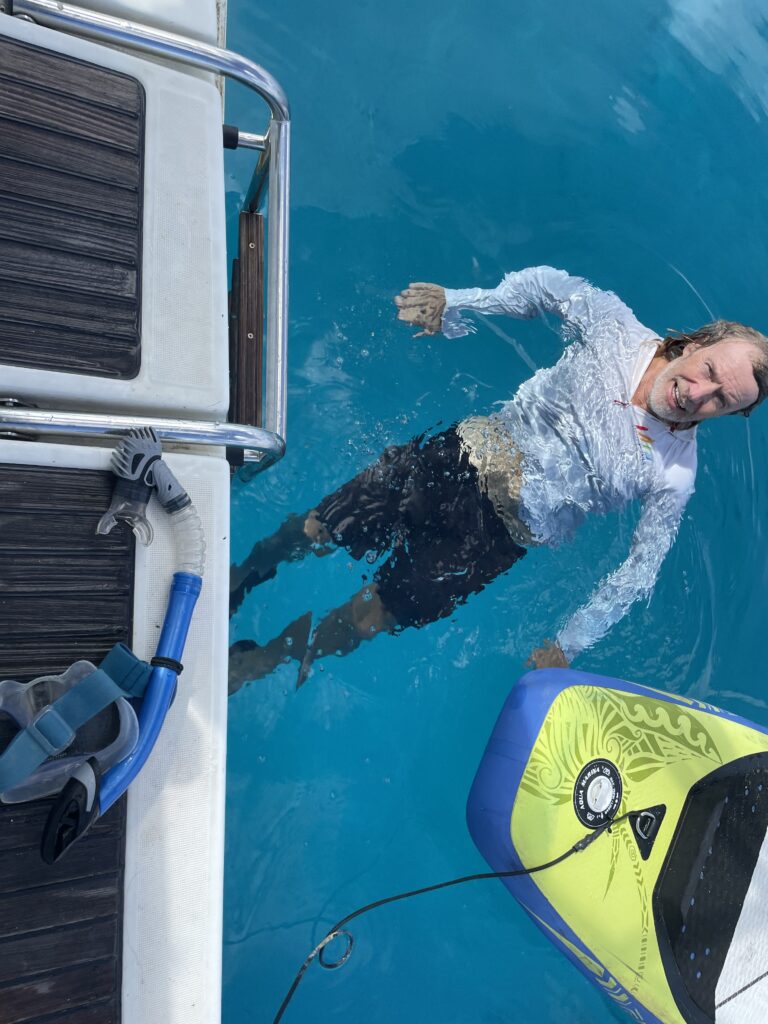
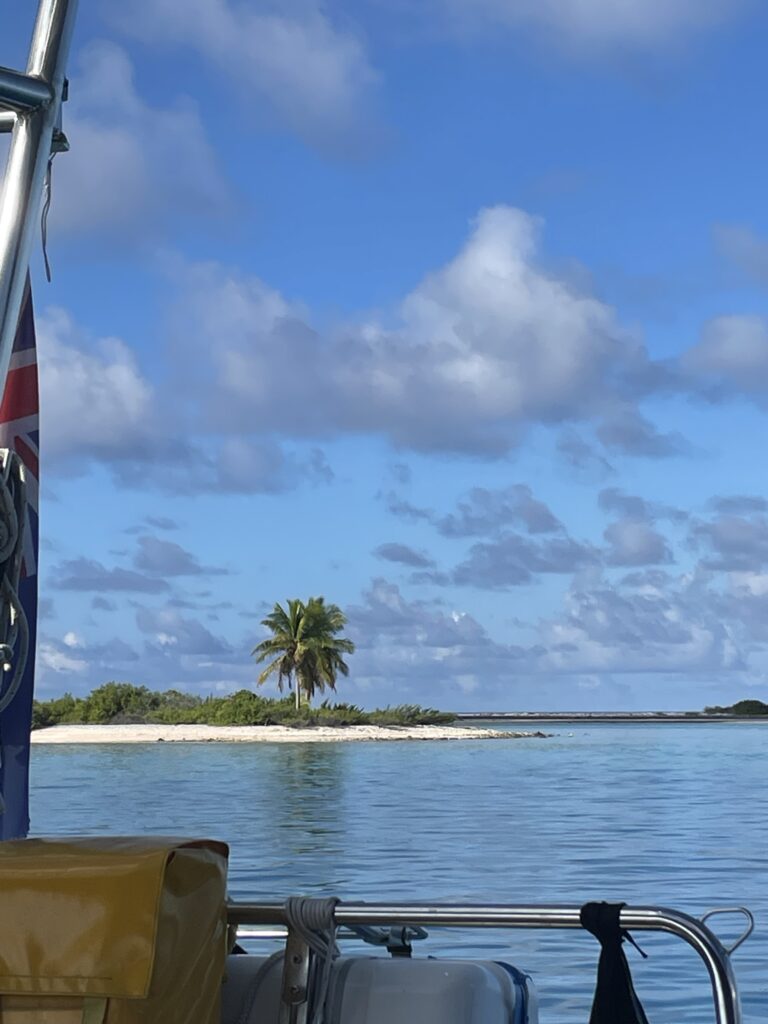
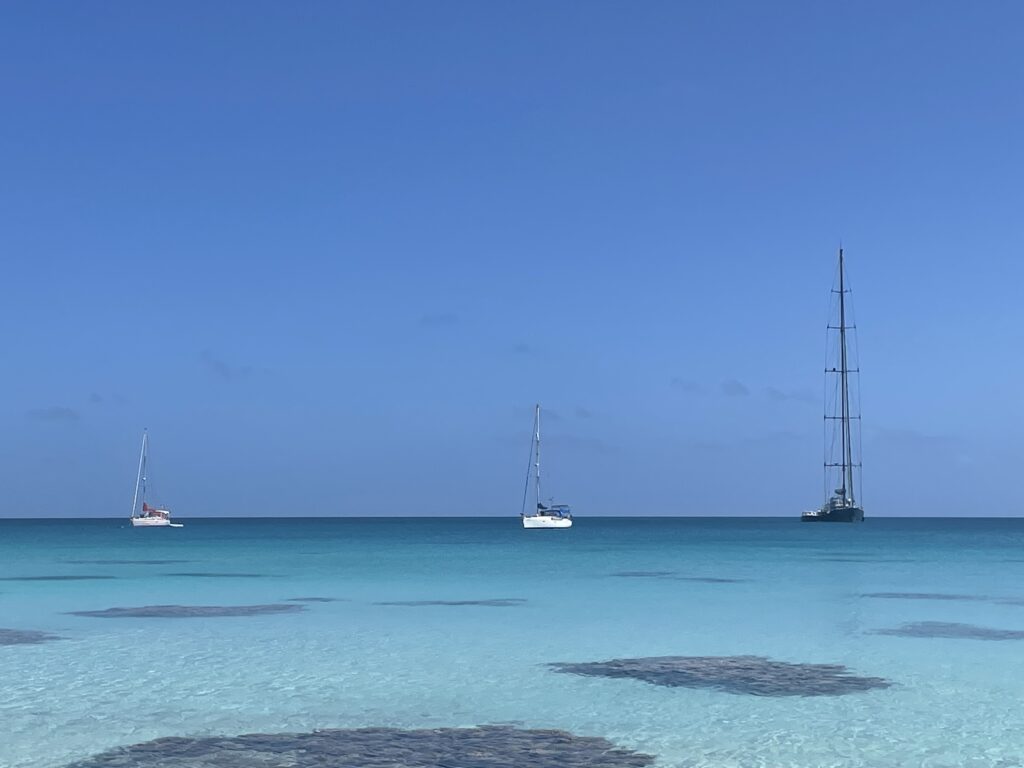
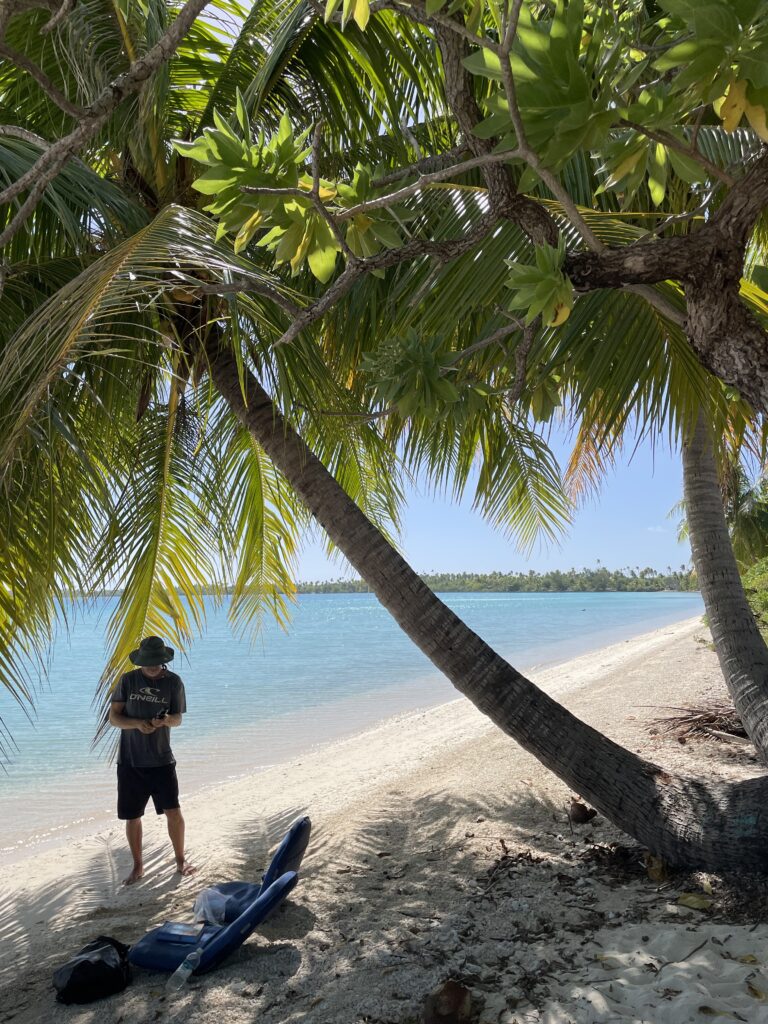
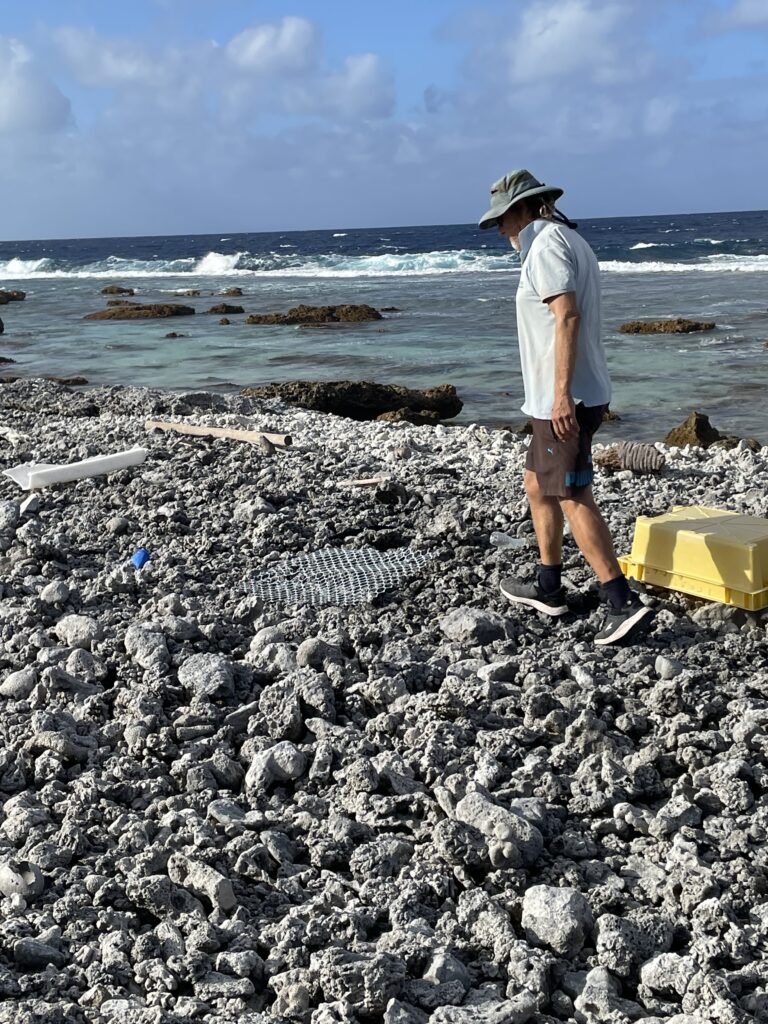

HIGHLIGHTS:
BEST:
- Visiting some of the most beautiful places we have been to so far on Almazul. The Tuamotos are indescribably picturesque and a lovely place to be.
- Friendly generous people, seemingly happy to share their island home with visitors. Although we are obviously not “from around these parts” we are met with smiles and warm greetings.
- Successfully entering and exiting several atolls through tricky passes, after each initial preparation and accompanying trepidation.
- Seeing a familiar boat (Gemma) in a picture perfect empty motu anchorage, and seeing our friends waving, snorkel masks on, waist deep in the turquoise water.
- A “swim hike” along an atoll to find the monument to Thor Heyerdahl’s Kon Tiki raft. It made landfall here in the mid 1900s, after departing South America. We walked on sand as far as the motu extended, then swam/snorkelled across the small shallow “channels” to the next motu, and so on for an hour or so, and then bush bashed with Gemma a bit to find the modest stone monument, unassuming in the greenery.
- Snorkeling in general – the coral is incredible, as are the multitude of fish that reside amongst it. I have been able to identify 47 different kinds of fish so far, but this is just a fraction of what we have seen. Outrageously coloured clams were new to us. Velvety lips of emerald green, purple, chocolate brown or turquoise, often rimmed with piping of a contrasting colour. Tucked into the coral, it was hard to work out what they were at first. Also new (to us) were small orange “ Christmas tree” like coral, that retracted as if on a spring, into an inky hole when approached.
- Catching a colossal wahoo at the end of our sail to the Tuamotos, perfect timing to share with others for many meals.
- Paddle boarding for fun and transport. The ongoing dinghy repairs meant that we were forced to use the SUP to get to land for several days, and of course it’s great fun, as well as a bit of exercise. It was good to get back into the habit of stepping aboard. Just like riding a bike!
- Putting up the hammock and blowing up a tyre to bob around in. We have only done these relaxing things when we’ve had our kids aboard, and it felt self indulgent to use them ourselves. But we’re in just the right location for these fun props.
- Hanging around with good people, new and old friends.
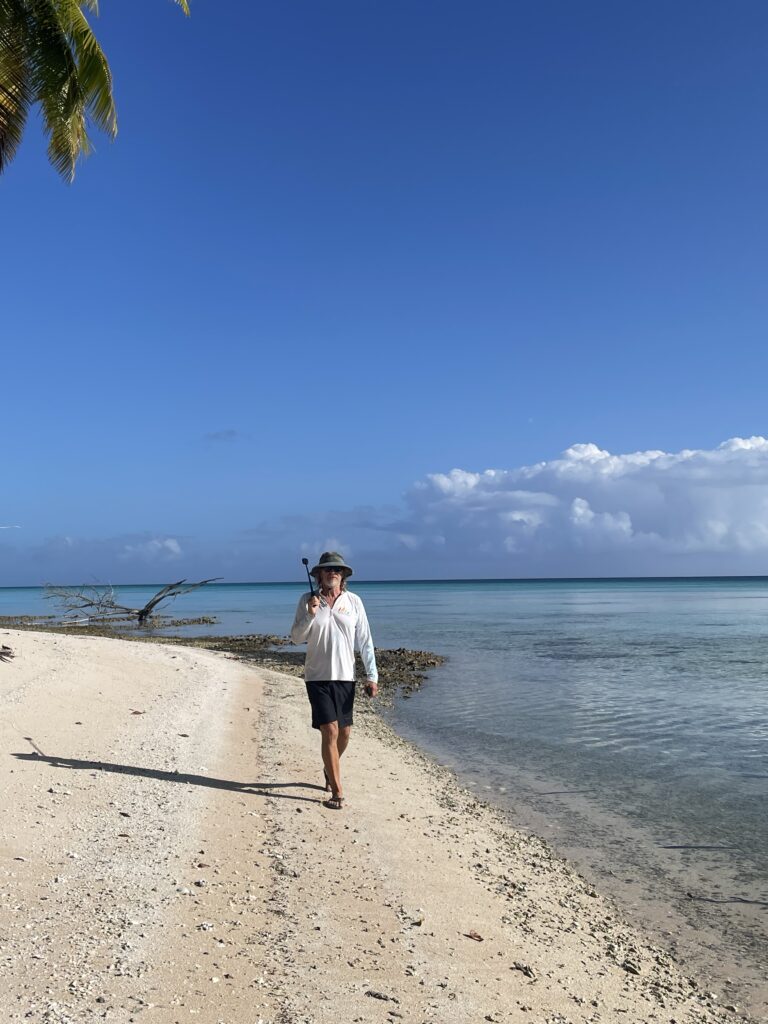
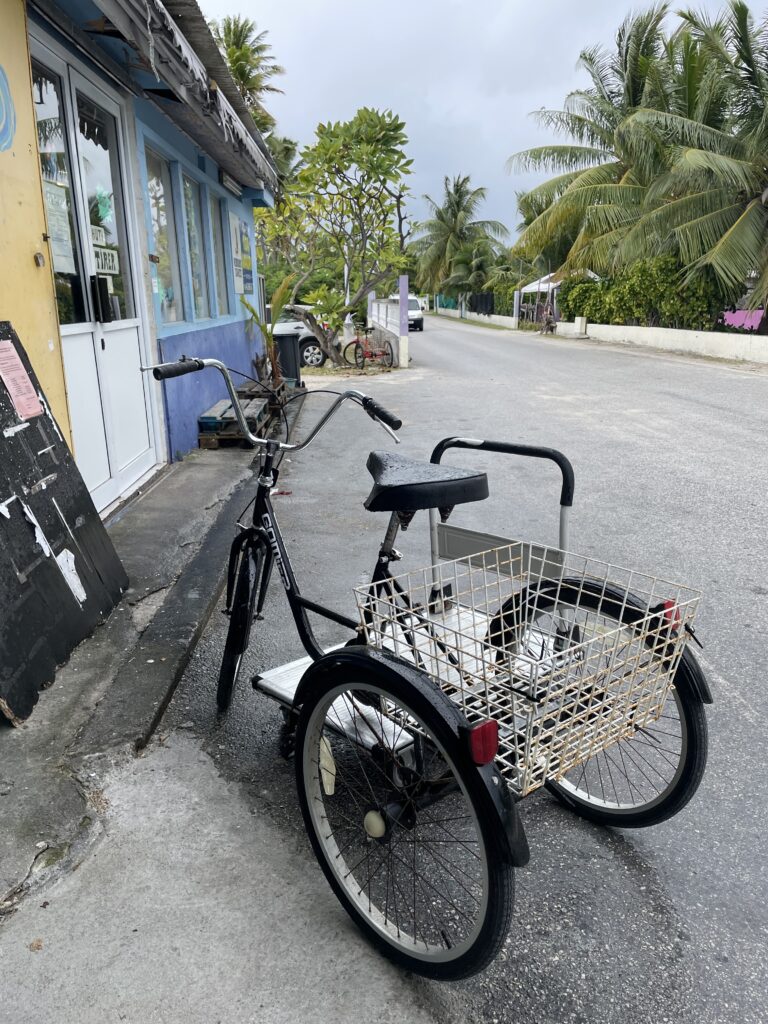

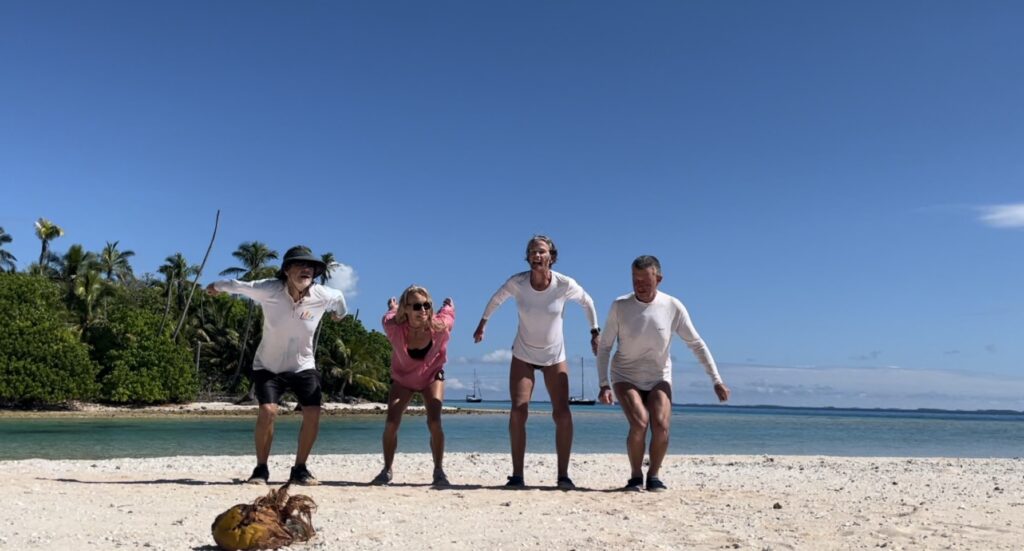
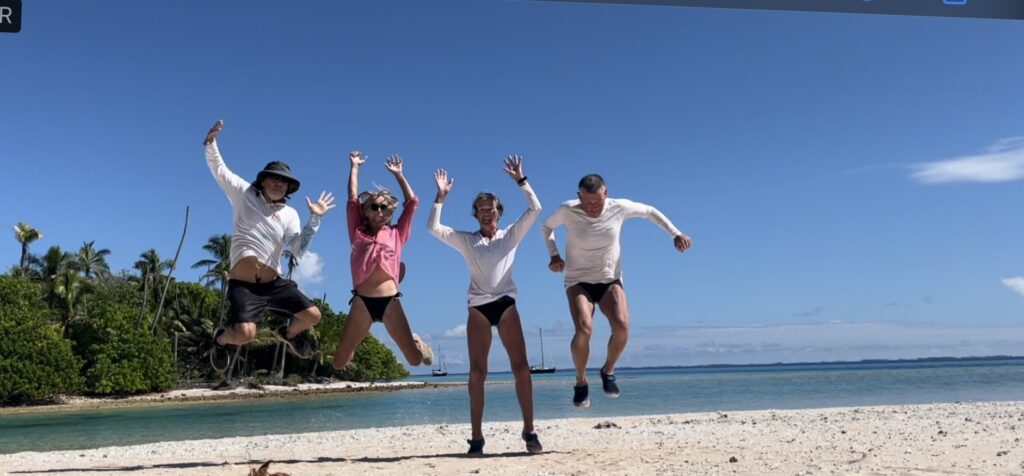
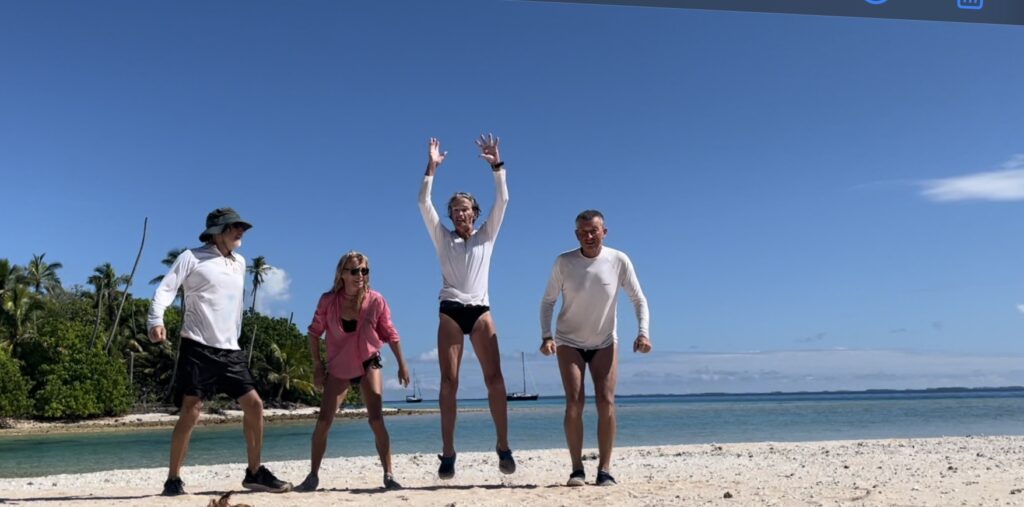
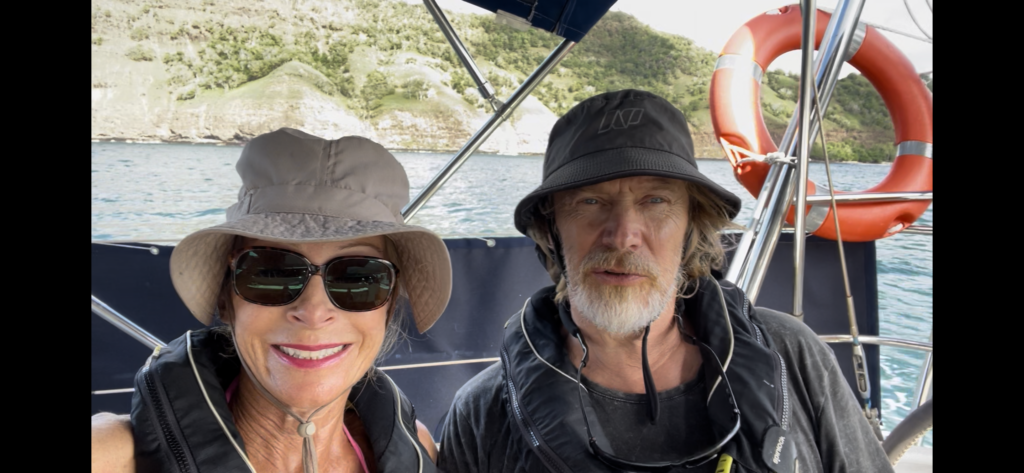
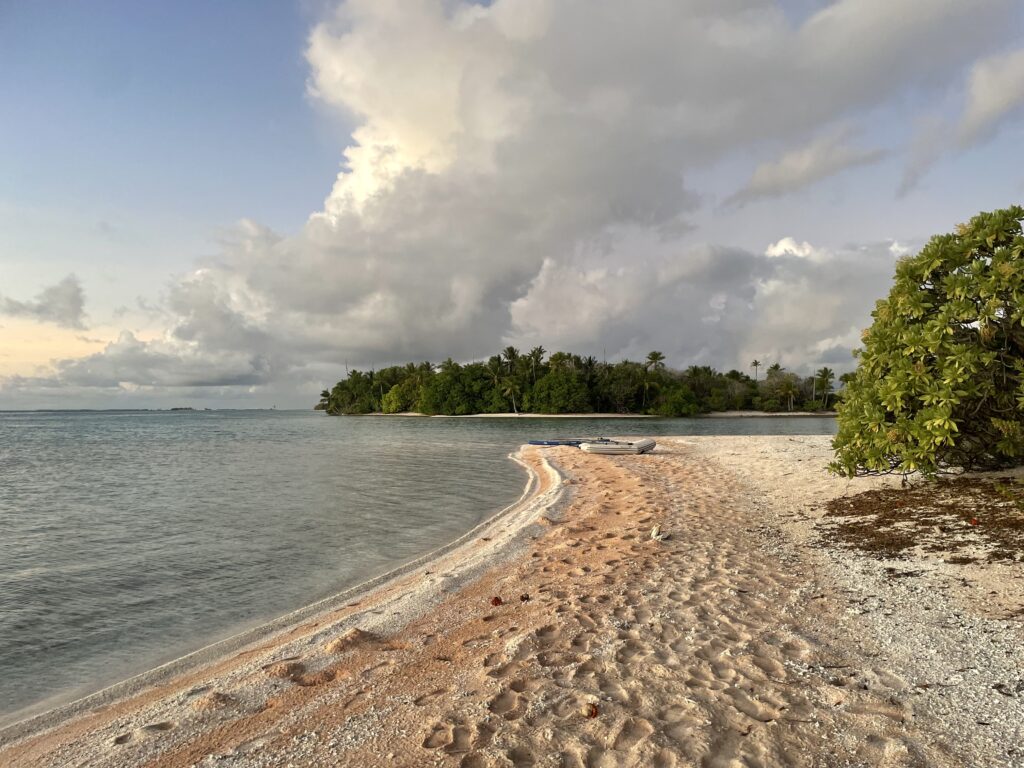
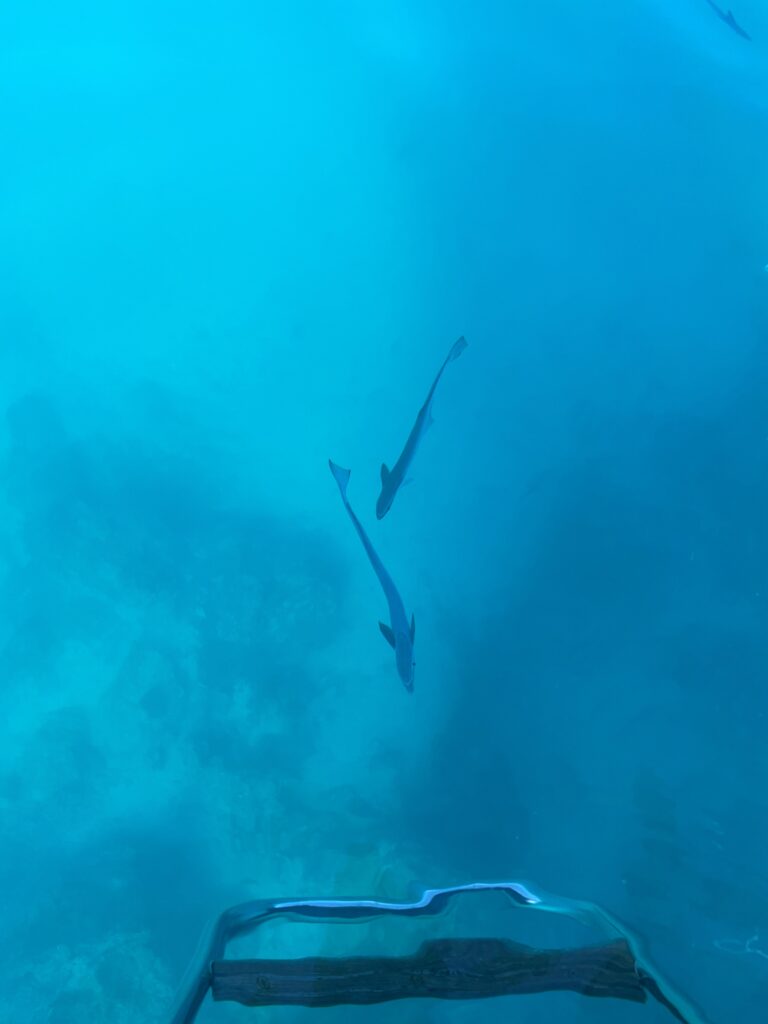
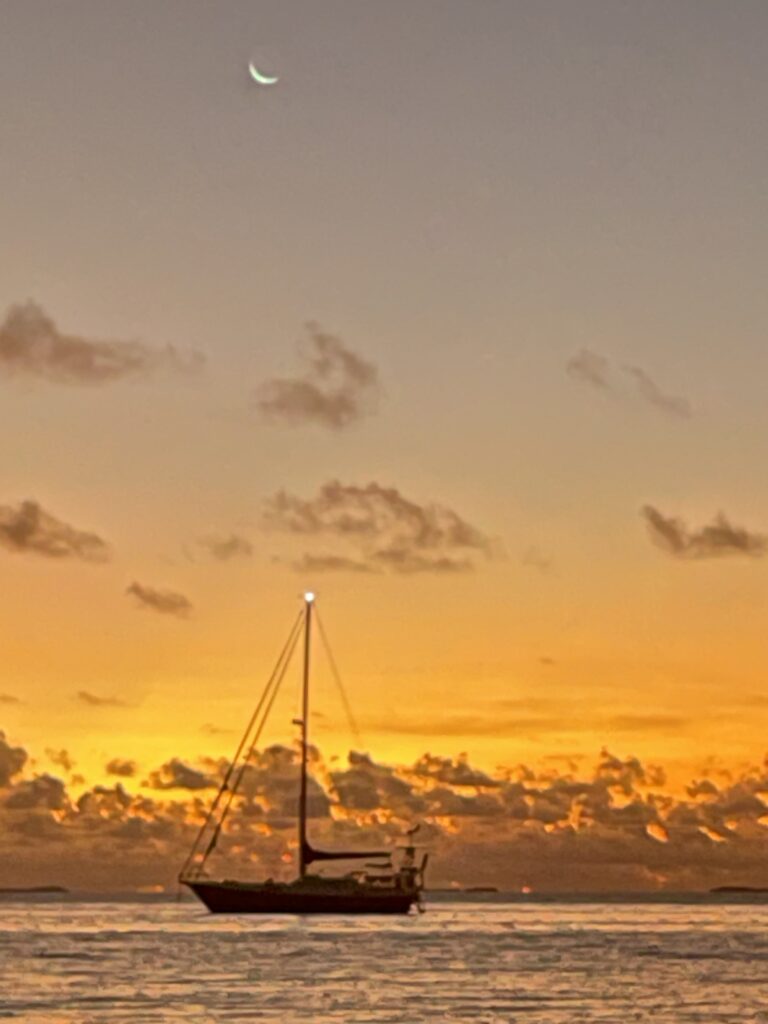
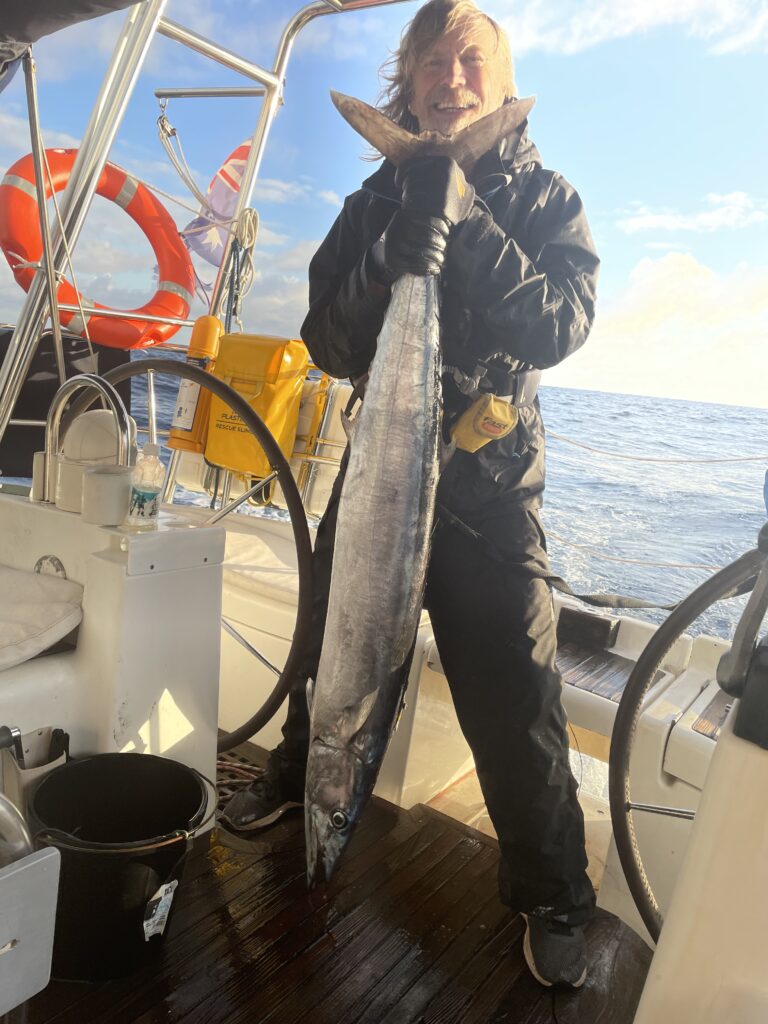
WORST:
- Recurrent failed dinghy repairs. I hope that for each failed attempt I am one step closer to success?
- Ongoing toe saga… after our long passage I managed to lose BOTH my big toenails – don’t ask, it was quite unpleasant. This month I stubbed one hard, bleeding and bruised. It healed quickly thankfully, toenail intact. 🙏
- No laundry done for a looong time. My usual bucket washing has ground to a halt due to very limited water – we are fine for drinking, but being very frugal otherwise. Our tactic for the laundry situation is basically to stay as clean as possible with salt water bathing, and try to wear the same things for as long as possible. It’s nice and breezy here, and so far, we have not noticed anyone sidling a little further away/ upwind from us…😂
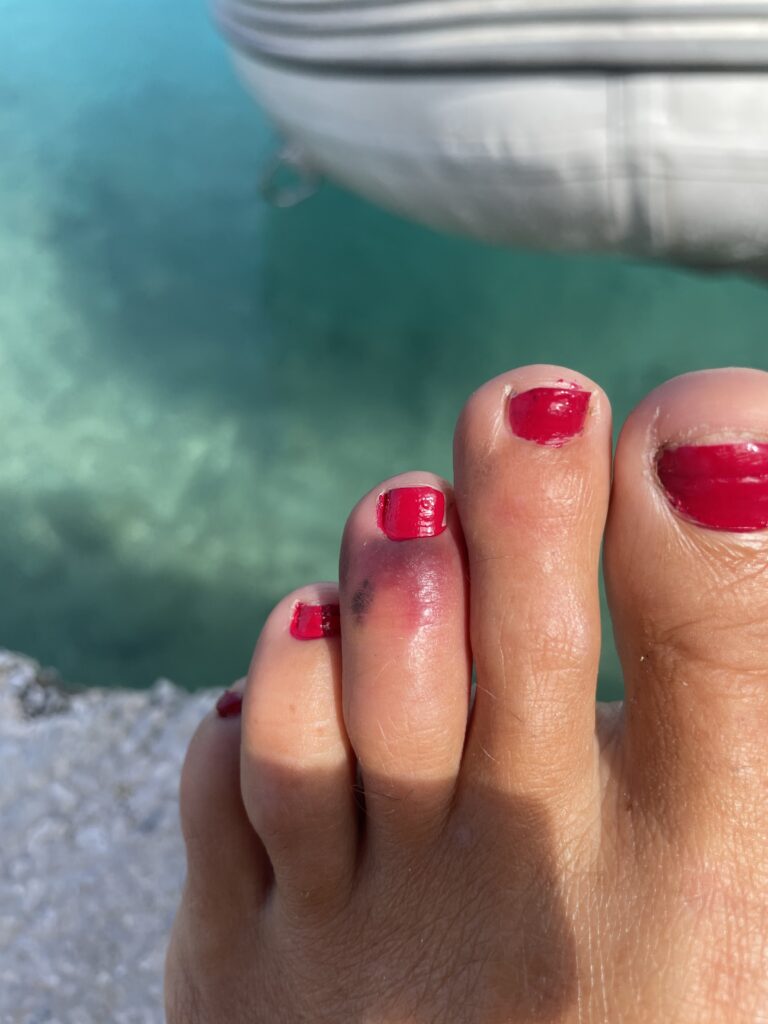
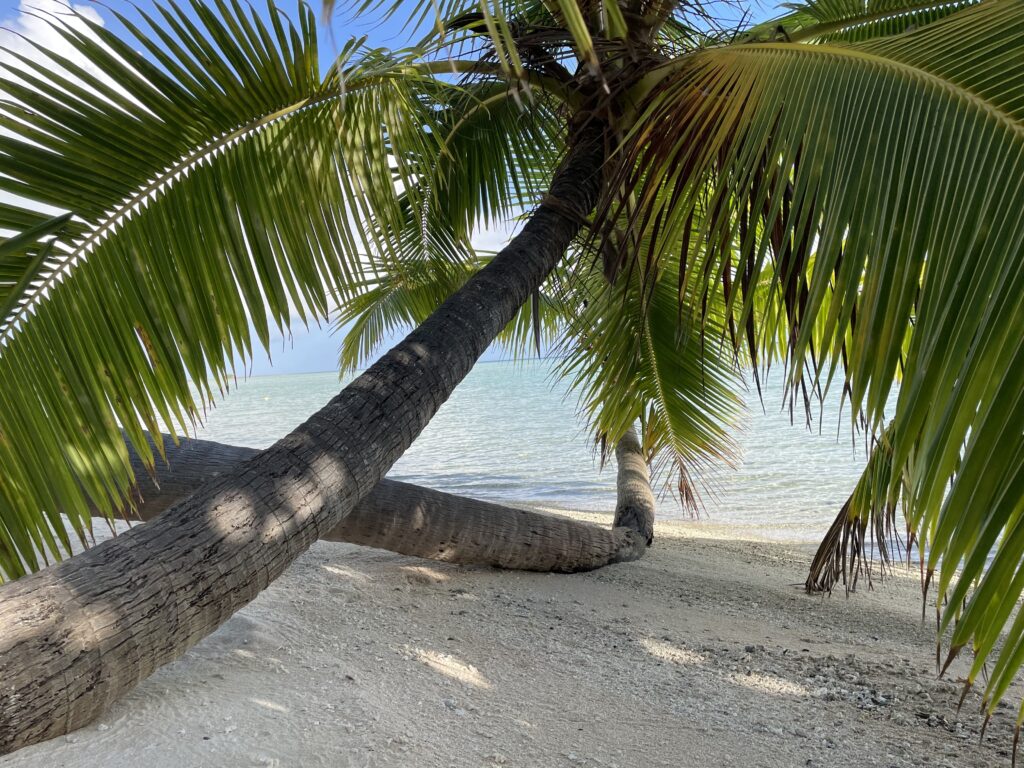
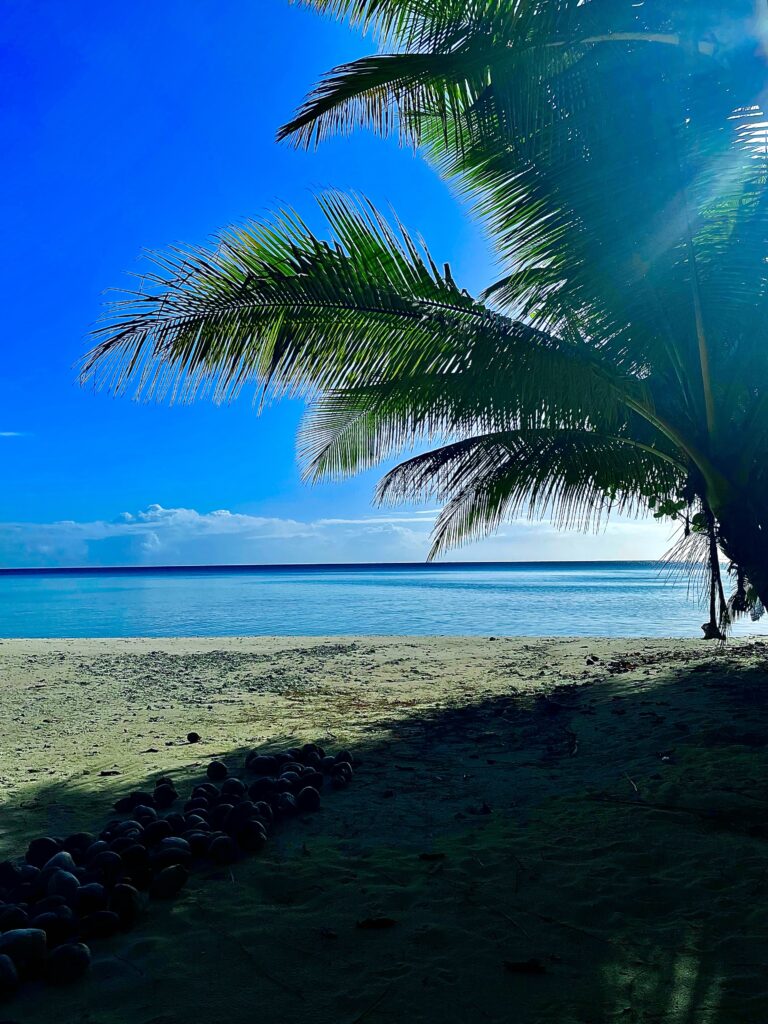
FUNNIEST:
- Crabs! We had several splendid evenings on a small beach at sunset, and on one of these occasions we made a fire and cooked dinner. The resident crabs went about their business around us, heading to the water at dusk. A few of them however, were distracted and apparently seduced by the flavours and scents of our food. One came and surreptitiously removed a ball of aluminium foil that had contained baked fish from beside me, and as we noticed him tucking in to the remaining juice, my friend Betsy attempted to remove it from his clutches. He vehemently resisted, and quite a tug of war ensued! They also didn’t seem to mind walking over any extended limbs in their path, with an occasional little nibble of feet on the way. Empty beer cans had to be closely monitored, otherwise they moved slowly down the beach.
- SUP “waterskiing.” I stood up on the SUP, while Magnus towed me behind the dinghy. Not exactly high speed, but quite fun! We got the idea from watching families with (very) small children do it! 😂
- Magnus making first acquaintance with a black tipped reef shark, at close quarters unexpectedly. As he rounded a coral head in shallow water he was met with a tail and about a meter of shark, whose head was tucked into a hole in the coral. Needless to say they were both surprised, and nether of them hung around to chat.
- First mate’s diving lessons. Not scuba diving mind you, just your regular jumping into the water type diving. It’s a long story but, the crux of the matter is, I can’t dive, not even from water level. Last year I decided to “just do it” and learn to dive. For goodness sake, I have spent more time near the water than most people in the last couple of years, but still jumping in holding my nose. It seemed ridiculous. How hard could this diving thing be? Famous last words, because my first quiet attempt from the back of the boat resulted in SUCH a hard belly whacker that the whole front of my body stung like I had been slapped hard, and remained painful and a deep red for many hours. I am talking forehead to toes. I looked seriously sunburned! I must have hit the water like a plank, launched with good propulsion and more height than I thought possible. Magnus thought the loud slapping sound was something heavy I had dropped into the water – and it took some time to explain through the laugh/crying that began immediately as my head surfaced. Needless to say I was a bit tentative to try again anytime soon. Back to holding my nose for a while. But – I got my mojo back to try again in the Tuamotos. Starting from the bottom step of the ladder (waist deep in water) I have gradually worked my way up and can kind of dive from the transom. Still scary, and each time I have to start from the ladder, often a bit of mild belly whacking, but progress at least.

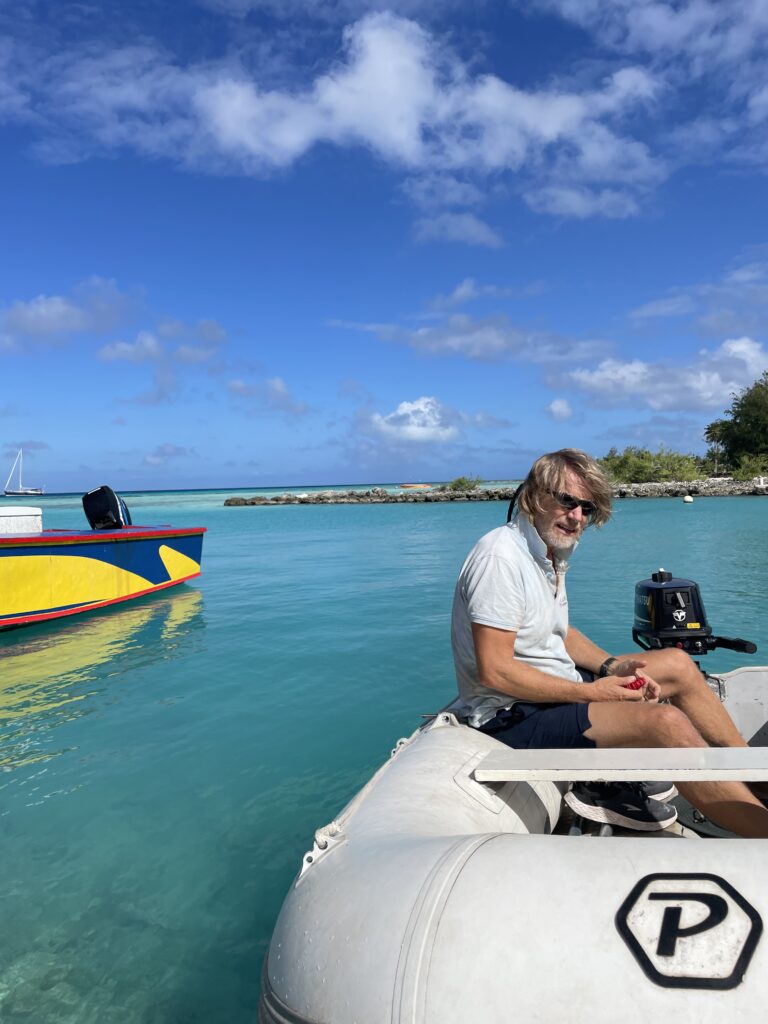
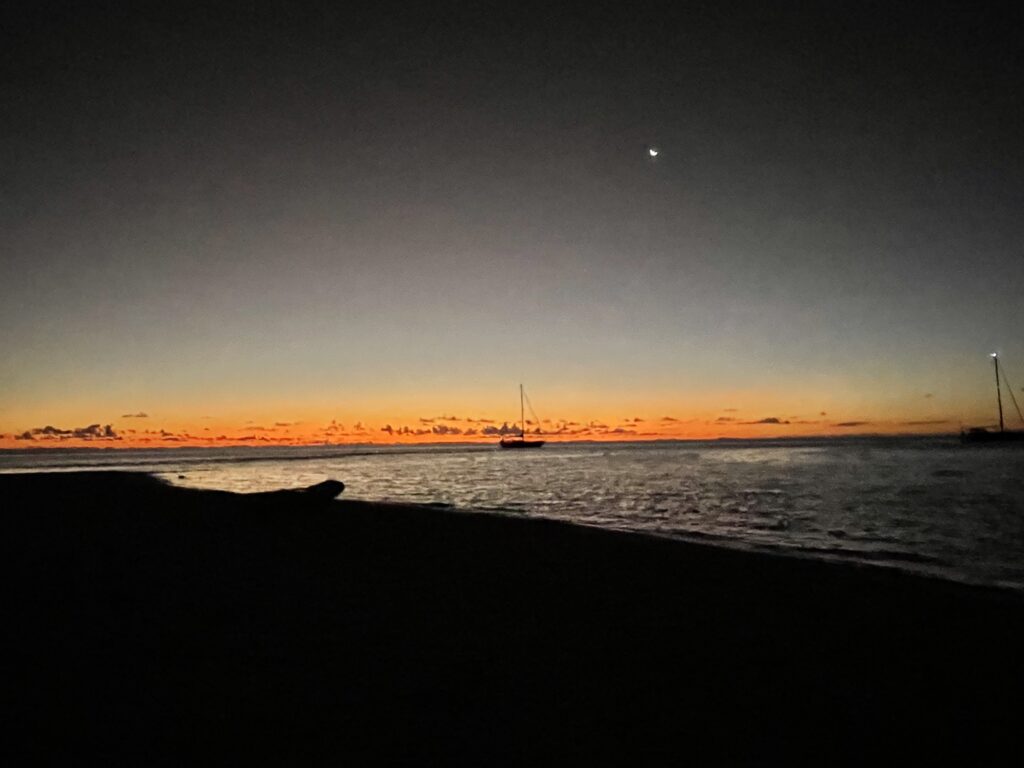
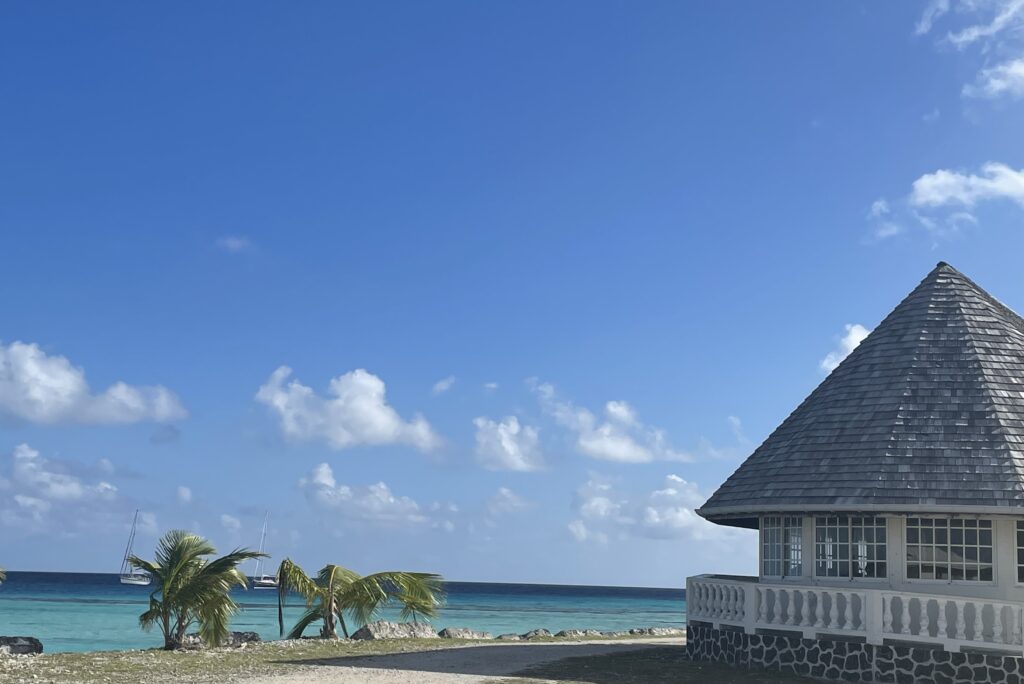
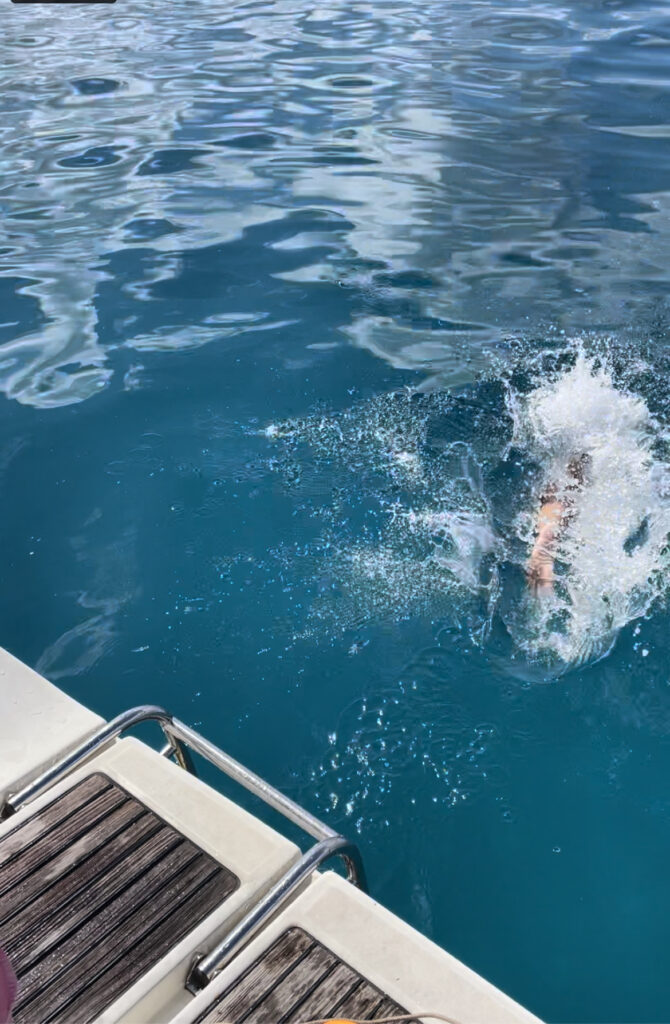

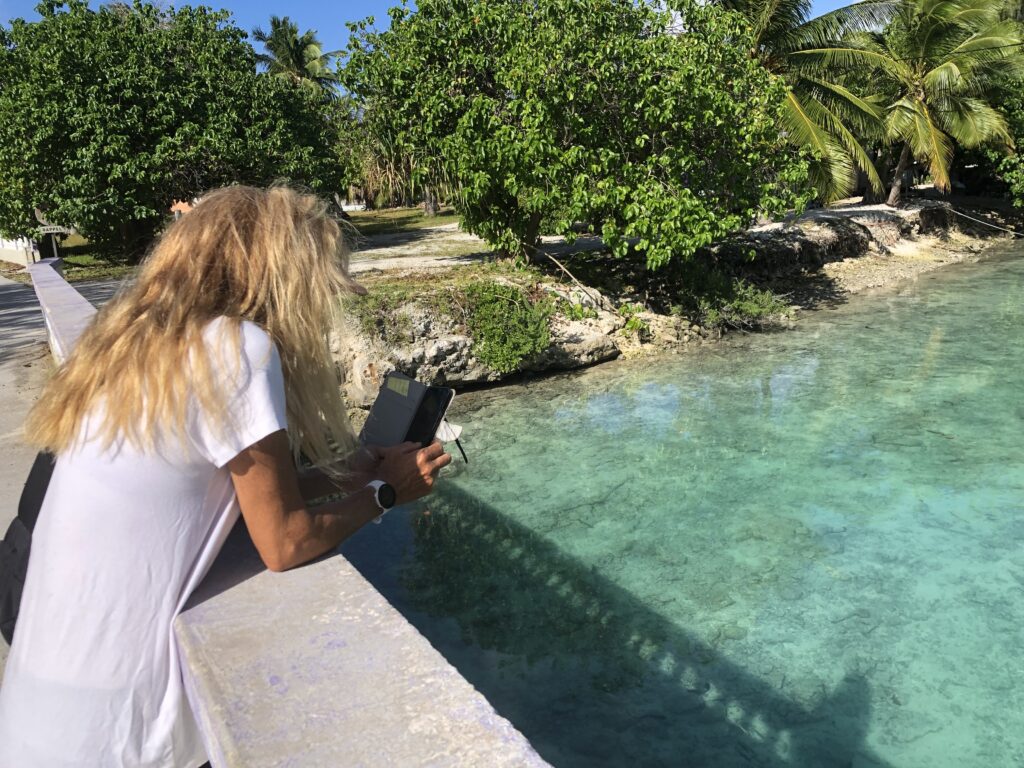
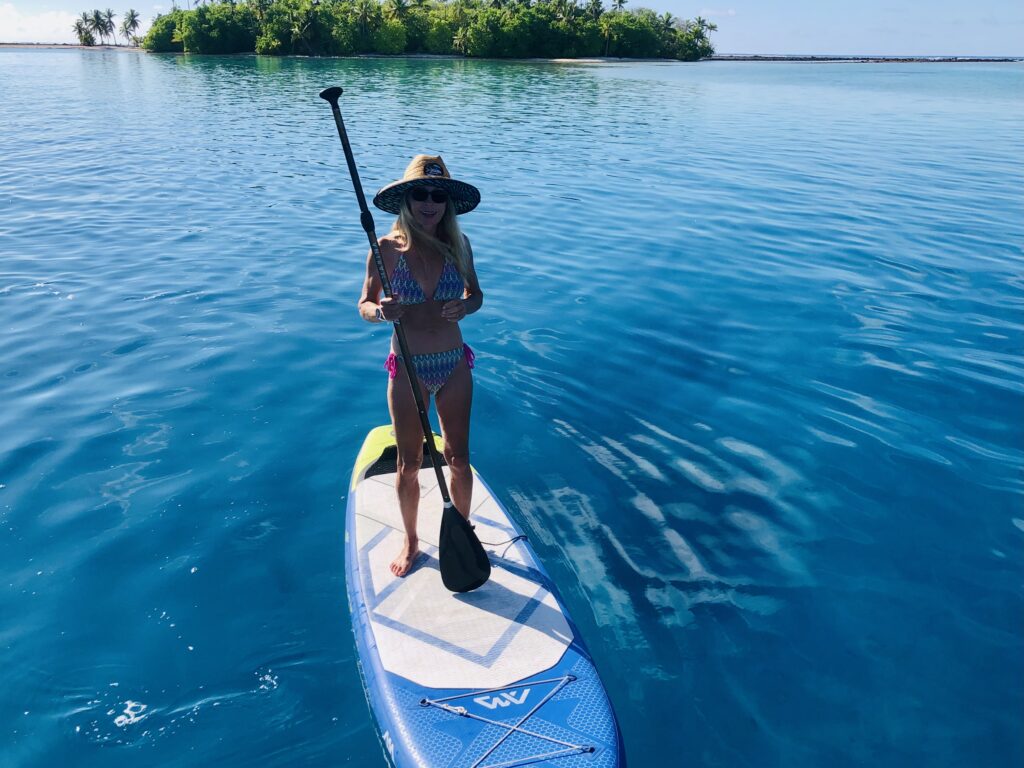
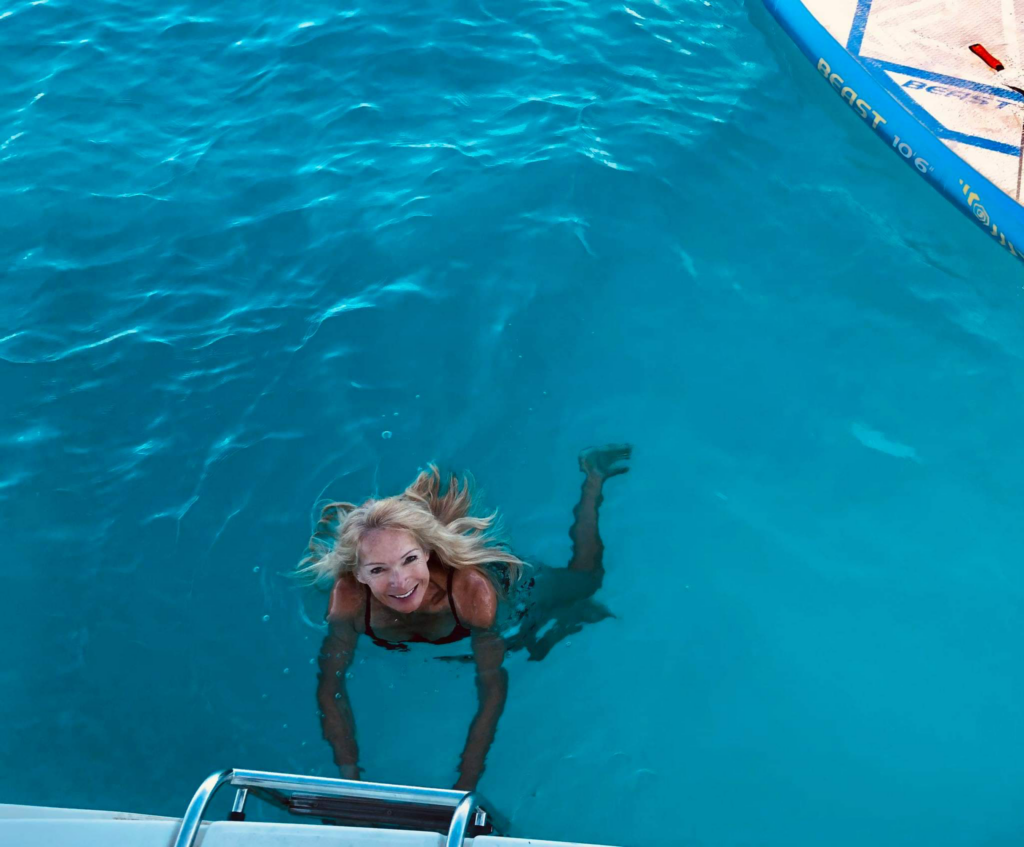
FOOD AND BEVVY HIGHLIGHTS:
We are a little low on highlights this time, because we are down to tinned food on the boat – with the odd batch of (very good) fresh bread and a cake of some sort. But it is really good to be using the tinned and dry food that we provisioned with in Panama – a much more accurate prediction of what was necessary than our Atlantic provisioning 4 years ago, some of which we are still eating. Experience is a good teacher!
- Cooking dinner over a fire on the beach. We shared the cooking and dinner with Gemma, and Hamble Warrior joined us for a drink, and a more pleasant evening could not be imagined.
- Red Velvet cake – a lucky find in a galley cook book using oil not butter, so only requiring pantry items plus an egg. It has proved reliably light and soft, a perfect boat cake! The addition of lime icing made a decadent treat! (Our cake was not red – food colouring is not part of the pantry ATM)
- Dinners shared with other boats, each just bringing/making what we could – warm no fuss evenings filled with laughing and getting to know a little of each other.
- A deliciously rich chocolate birthday cake made by Estela (the birthday girl!) on Tudo Bem.
- Perfect croissant and quiche from a little supermarket in Makemo. These French islands!😍
- Lovely local meals of chicken and fish in a beach cafe with the lovely Tudo Bem family.
- Powdered milk cream. When stuck, a thick paste of powdered milk can act as a (poor) substitute for cream in some dishes. Desperate times call for desperate measures!
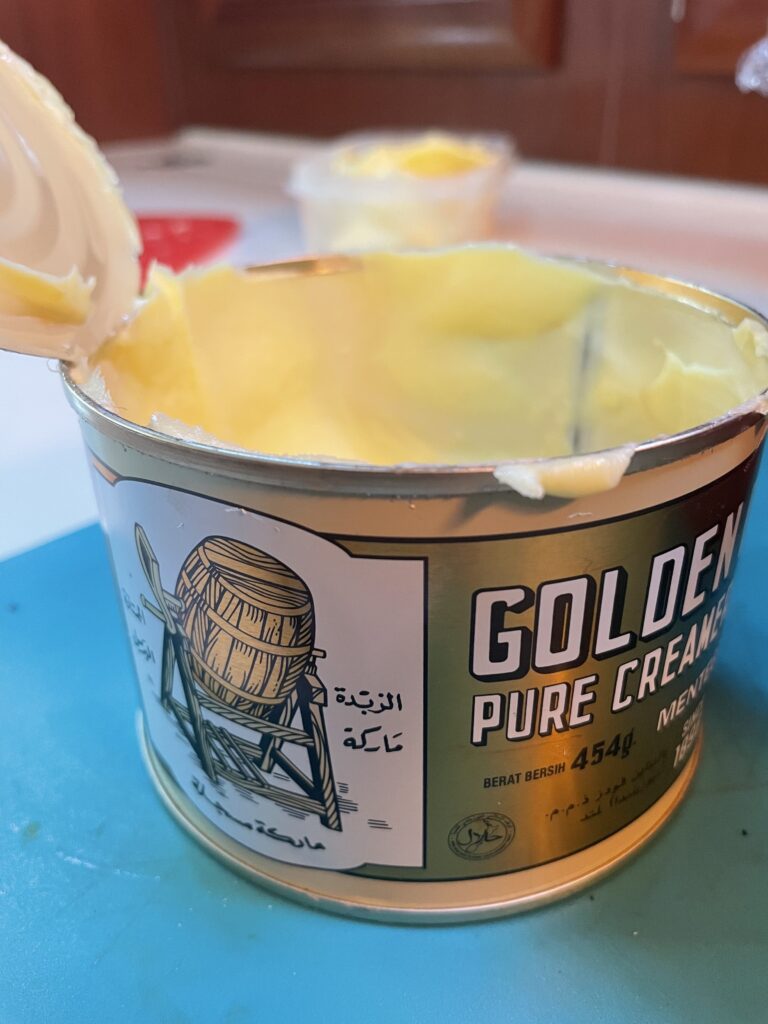
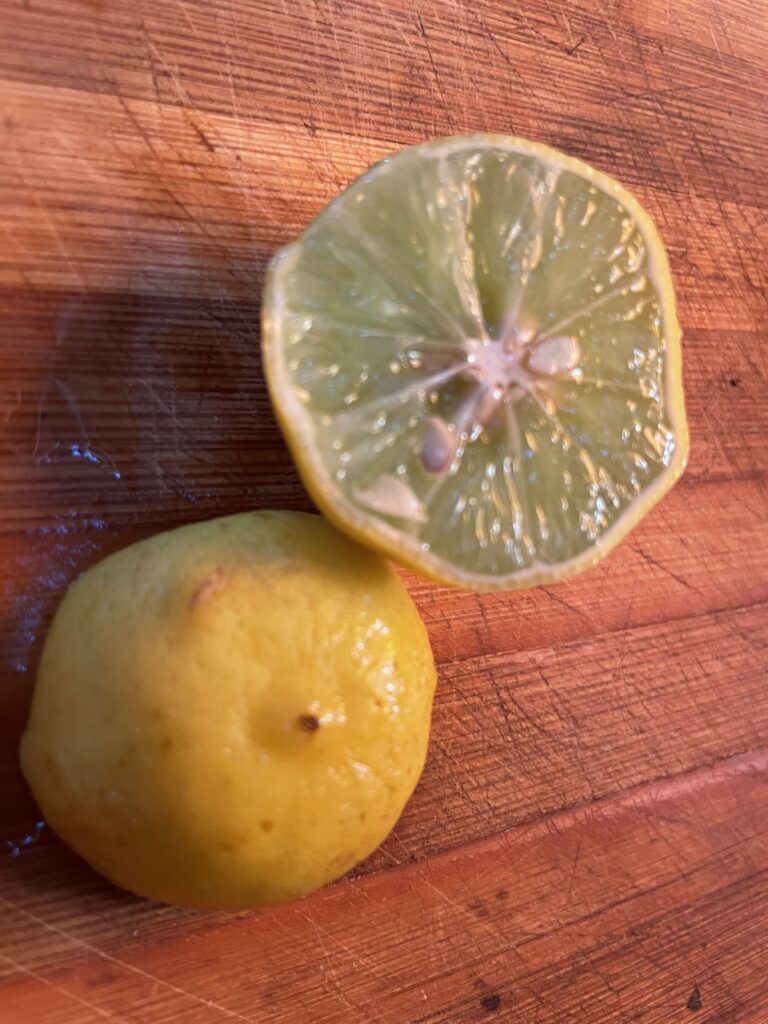
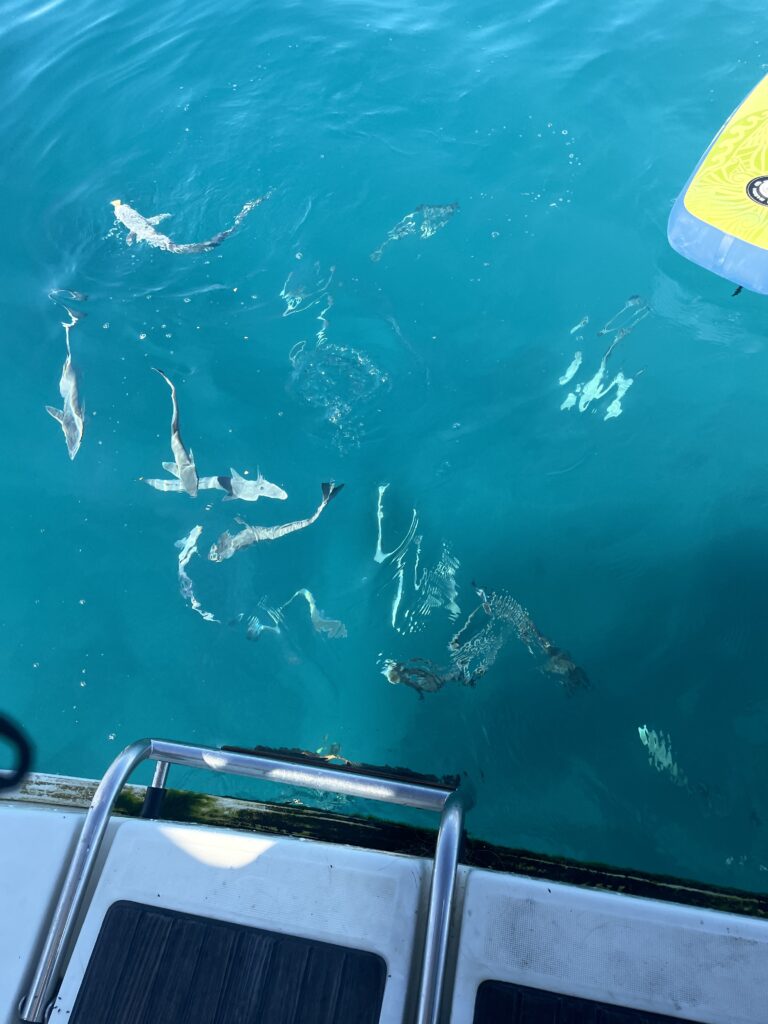
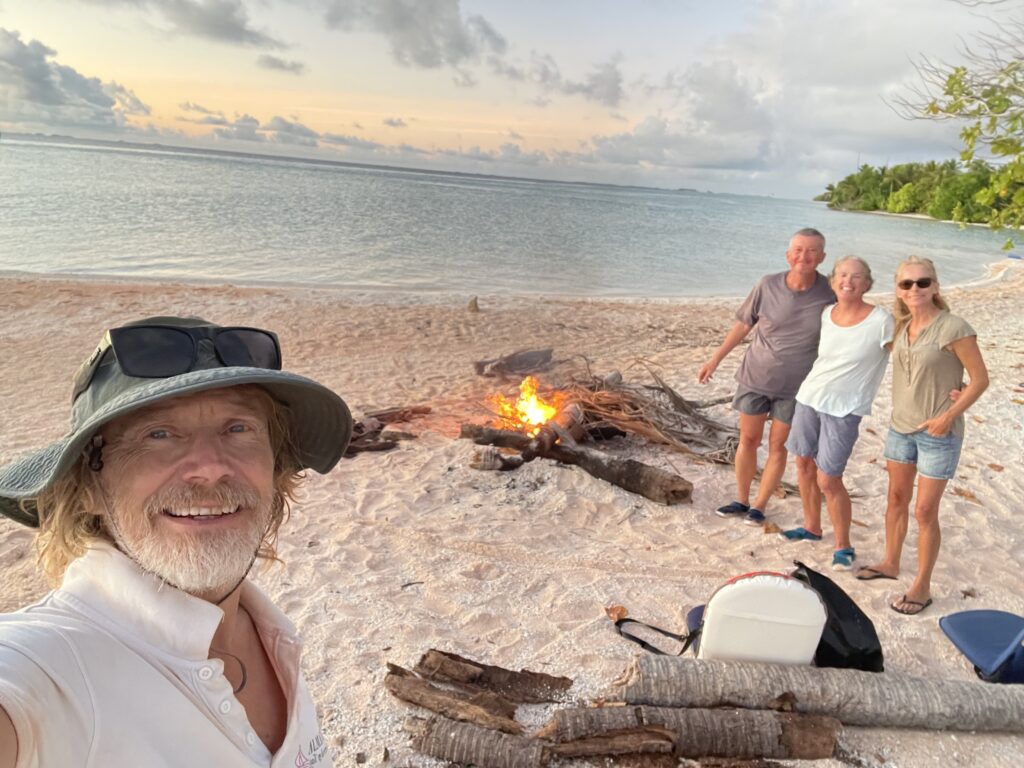
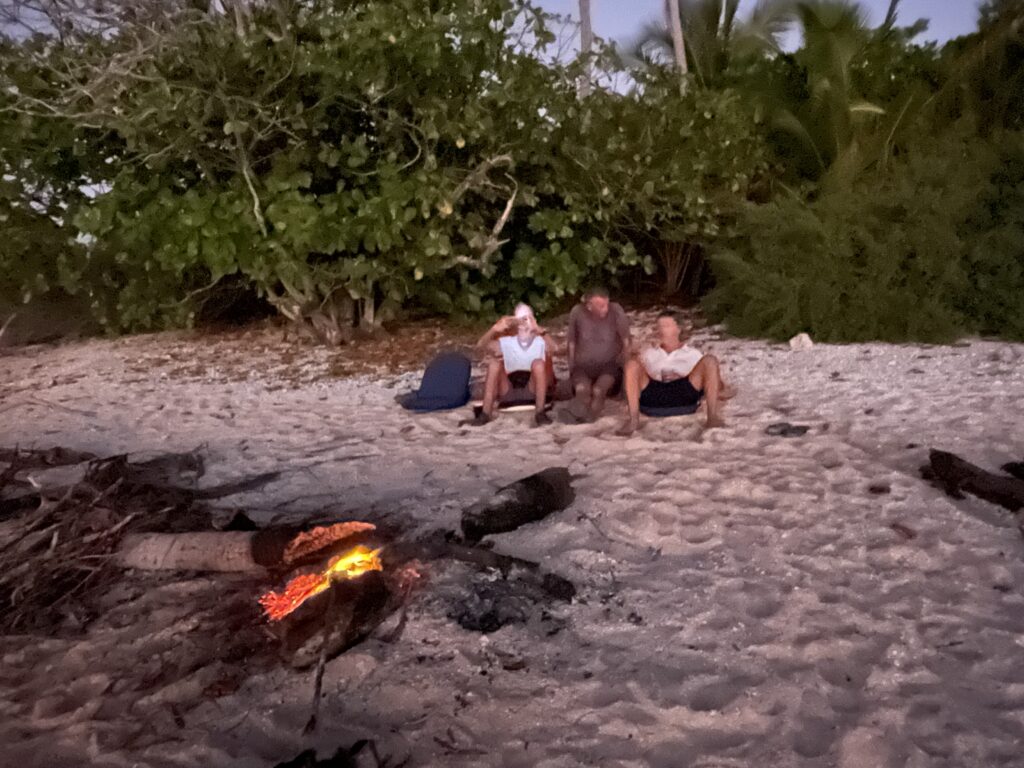
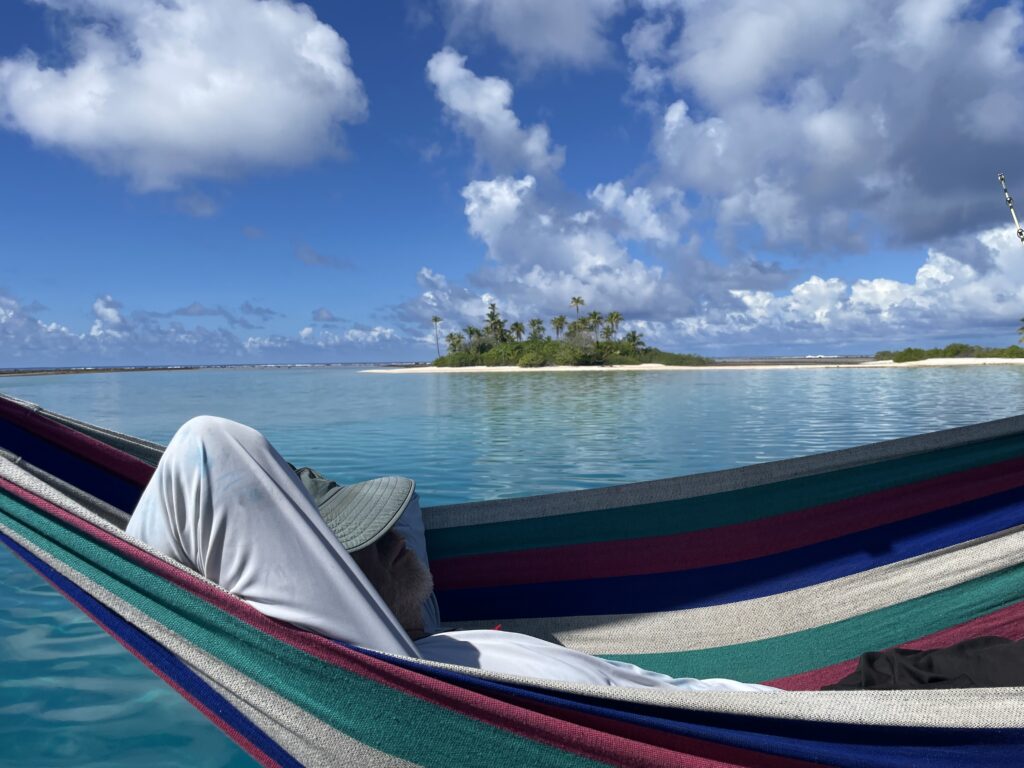
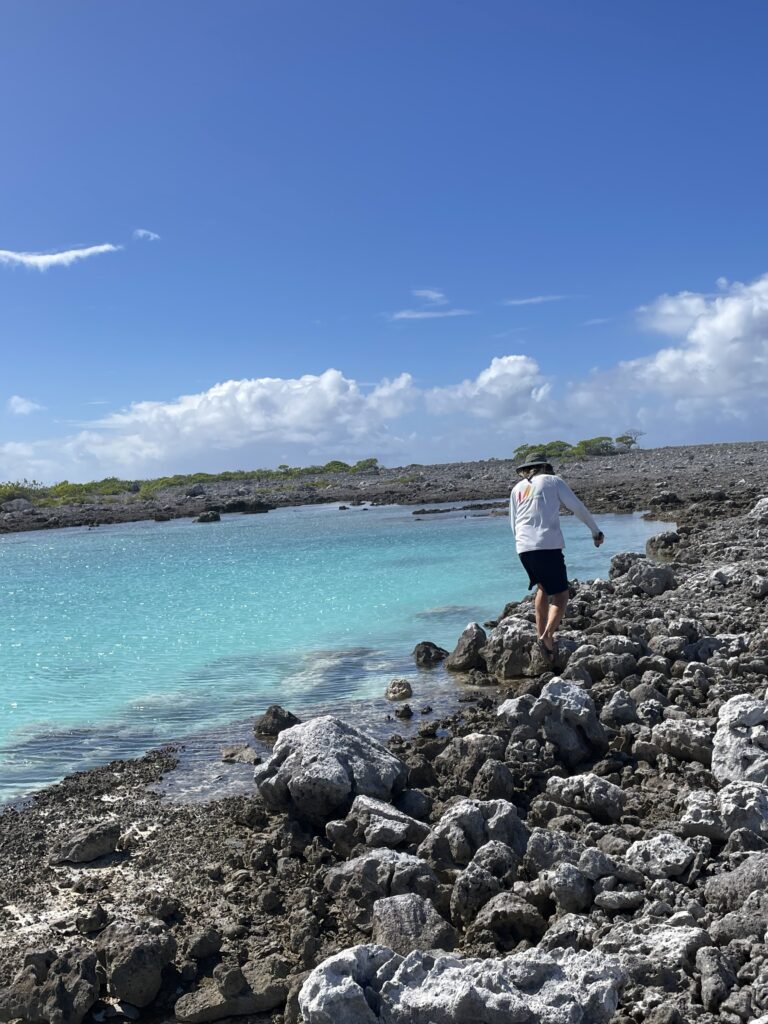
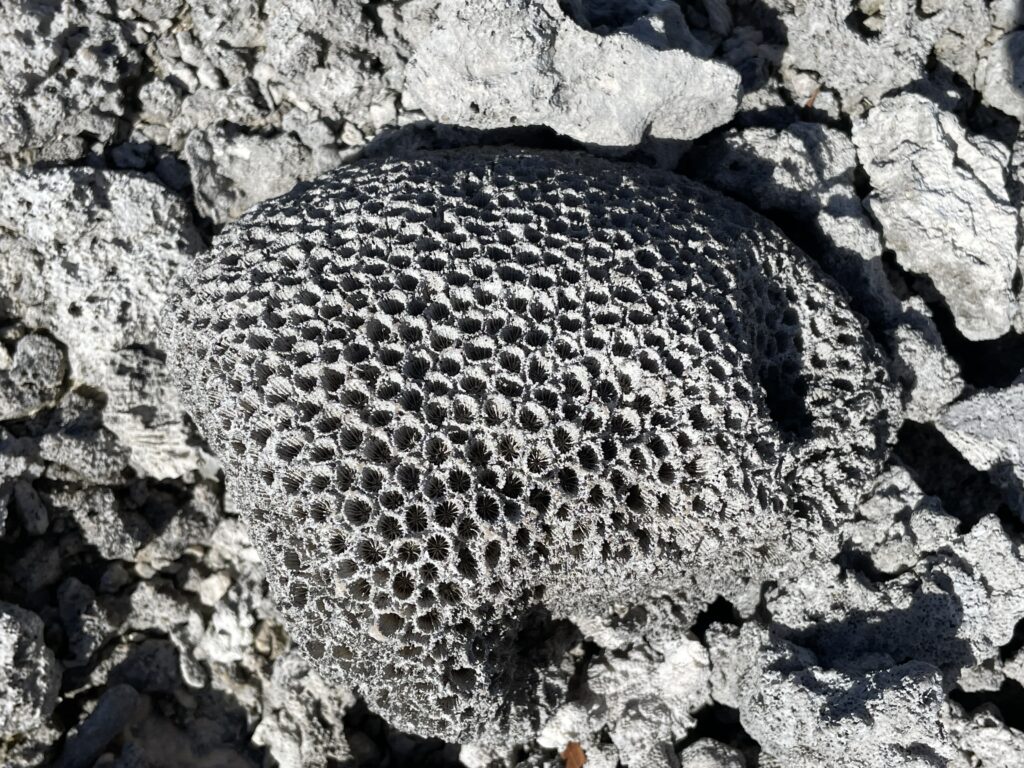
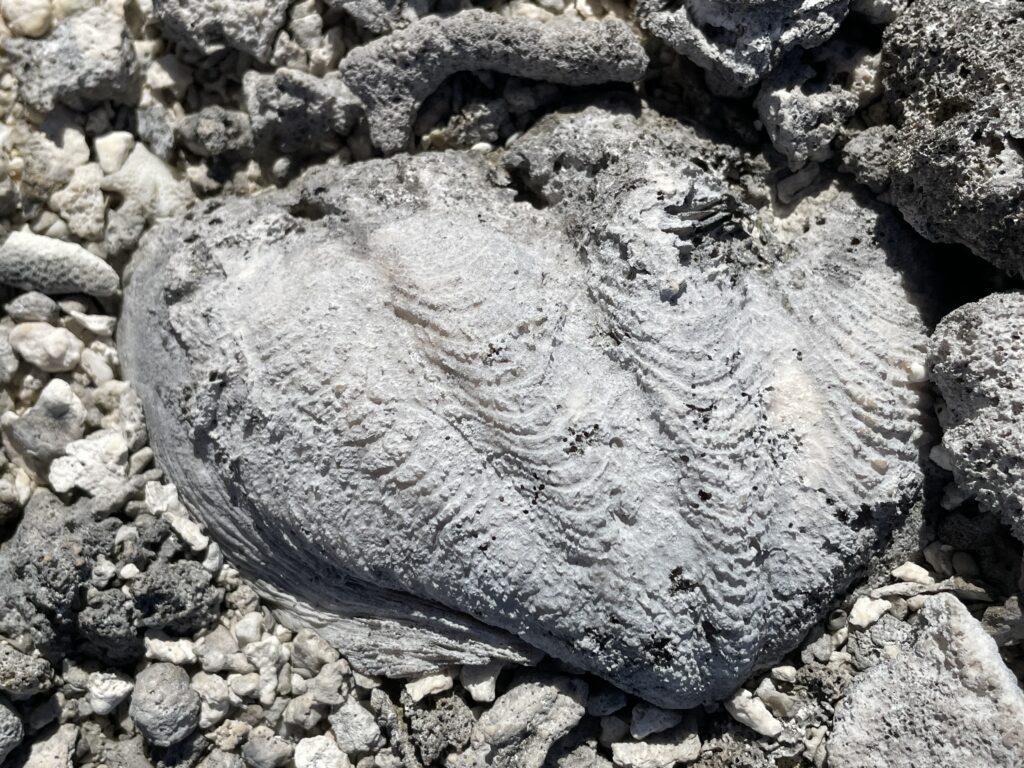
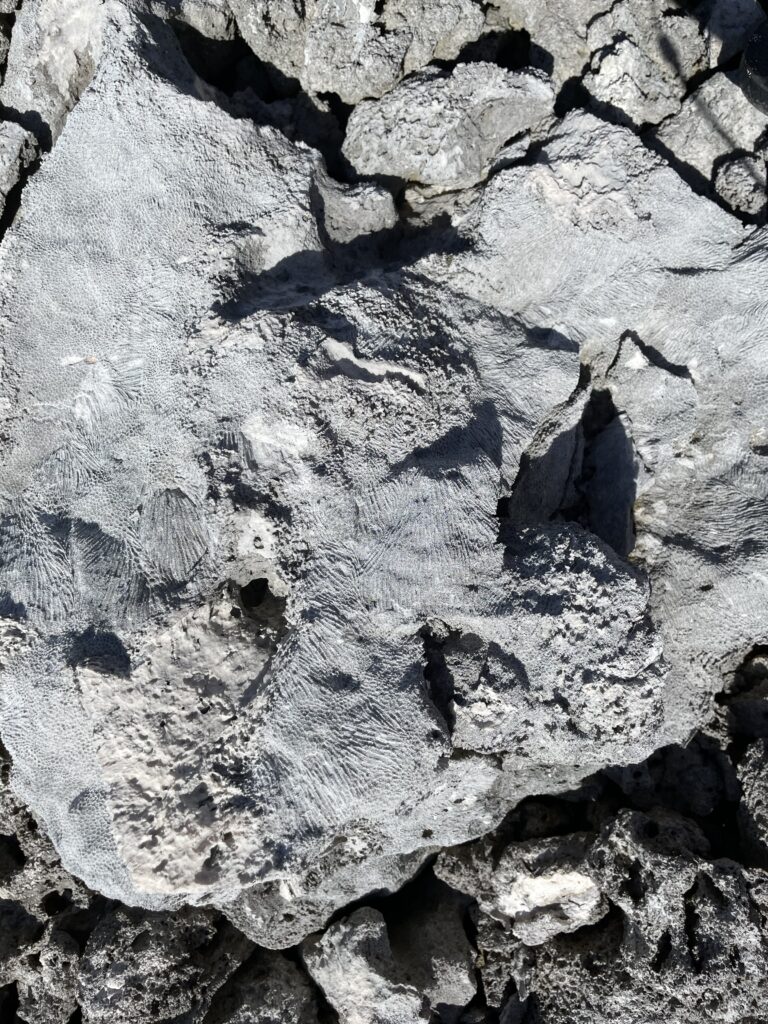
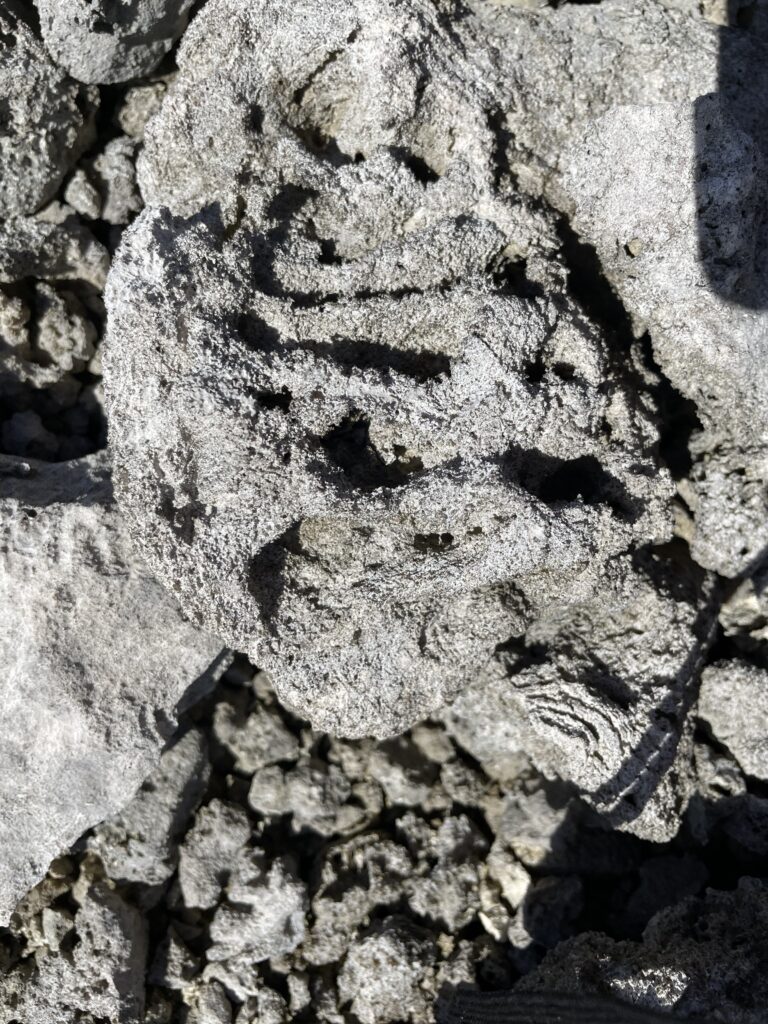
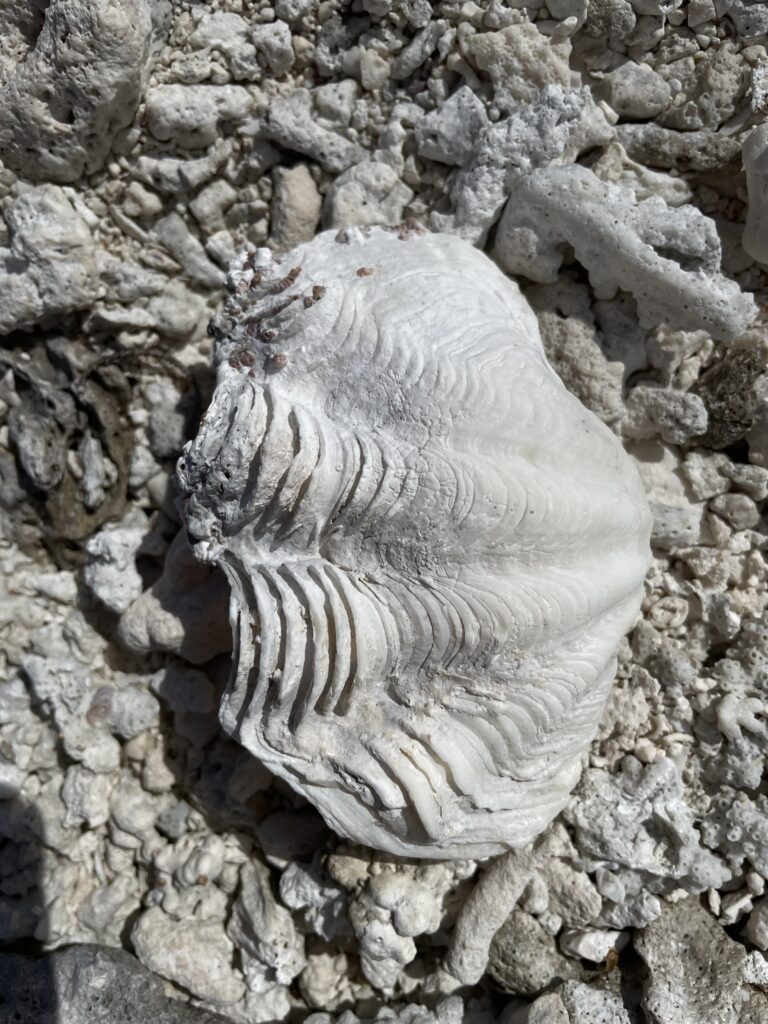
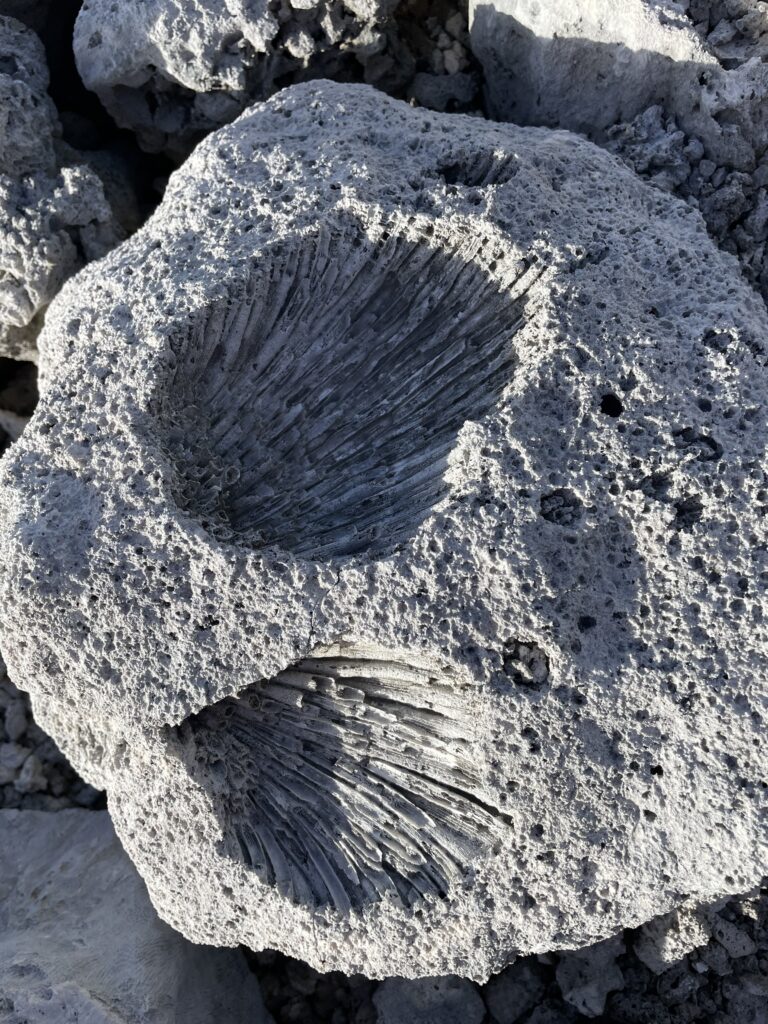
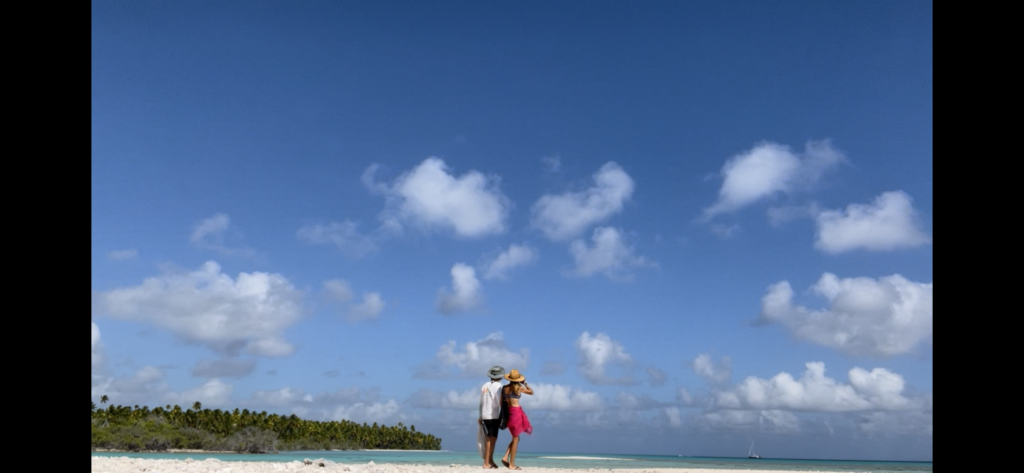
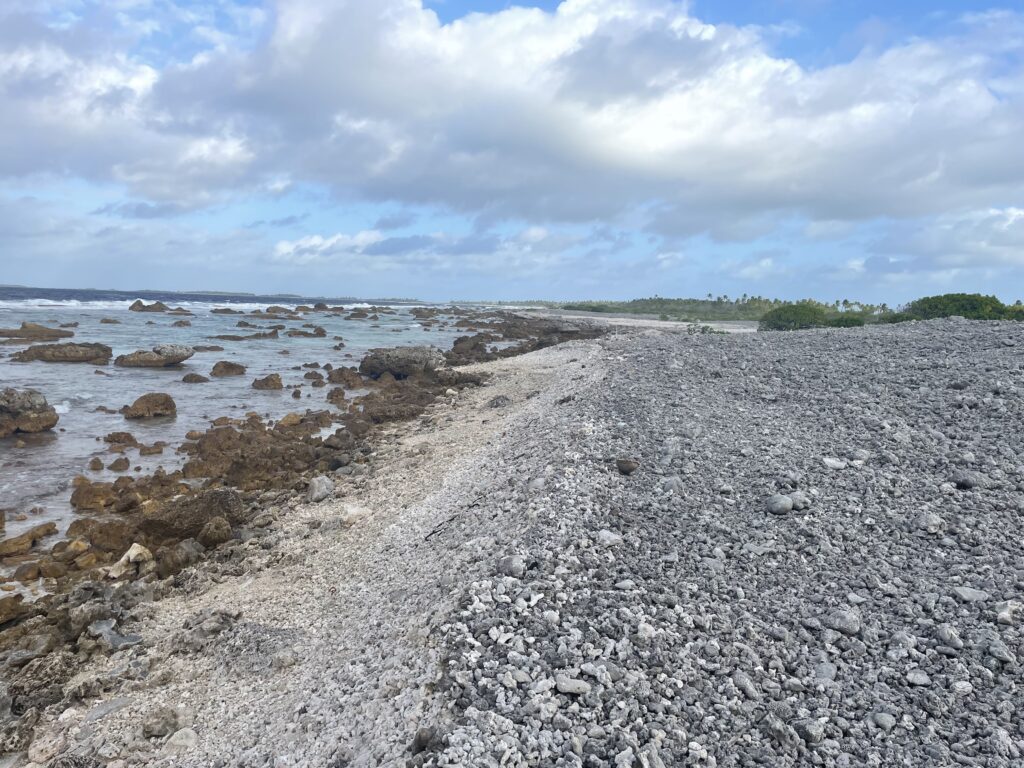
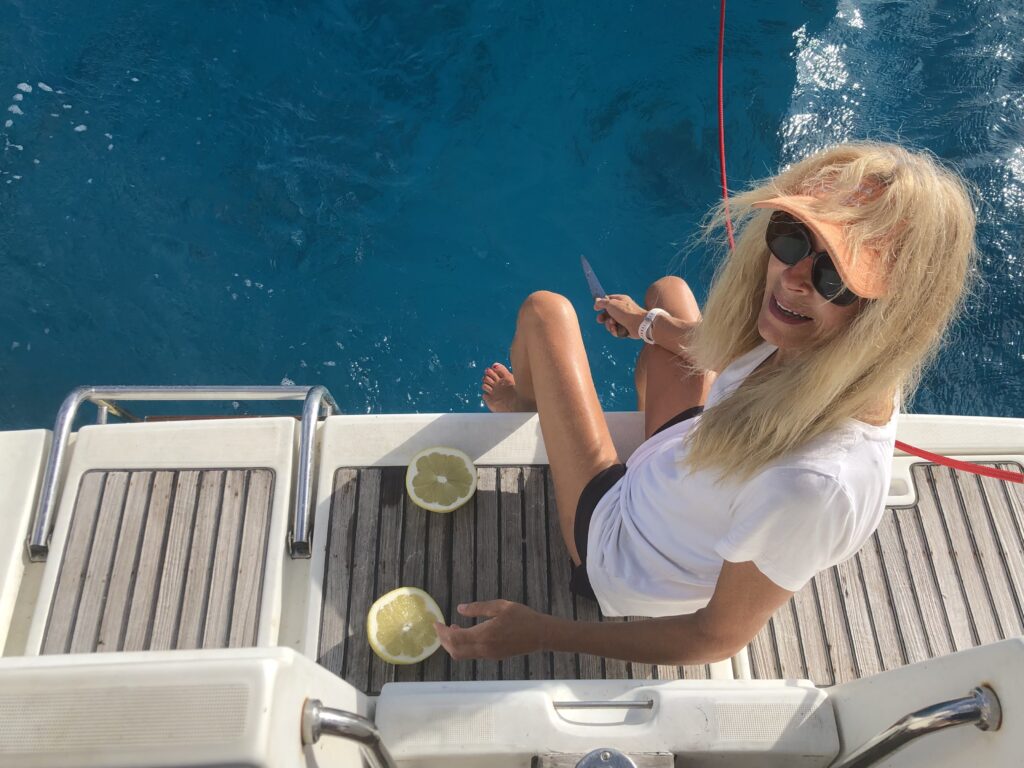
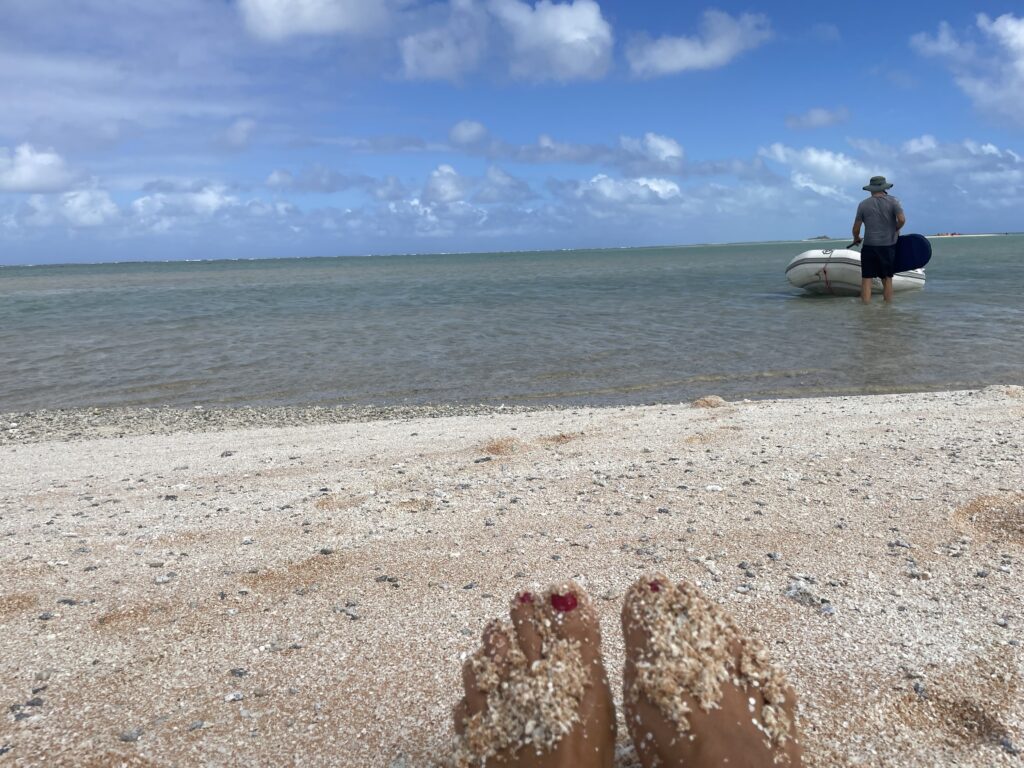
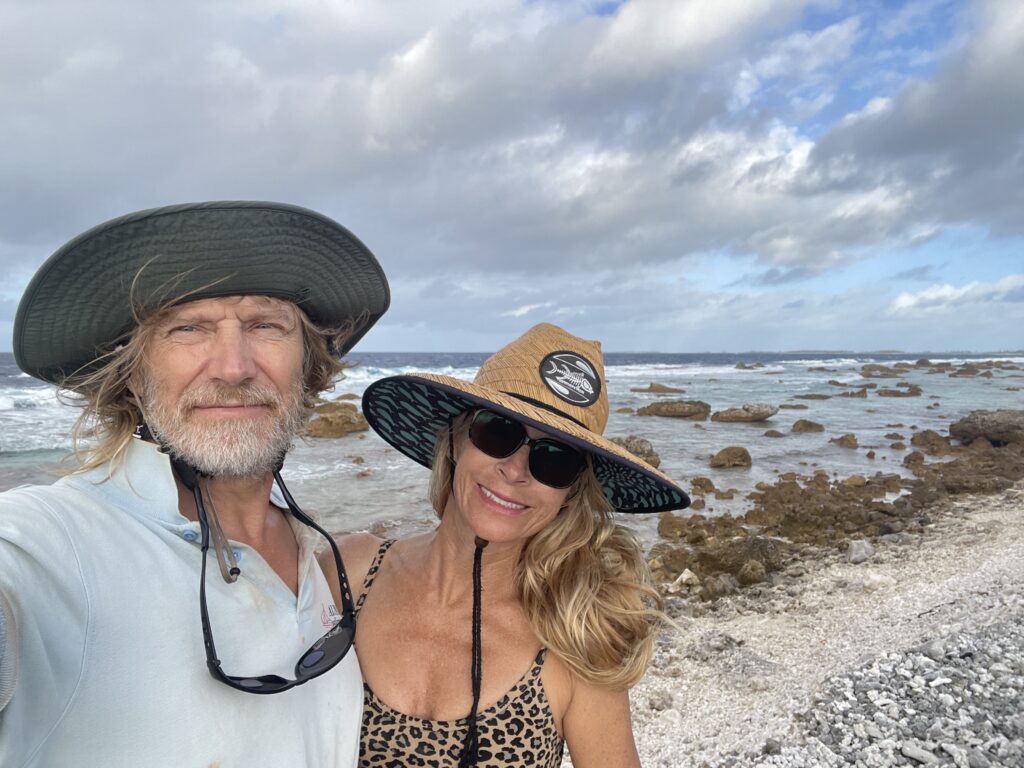
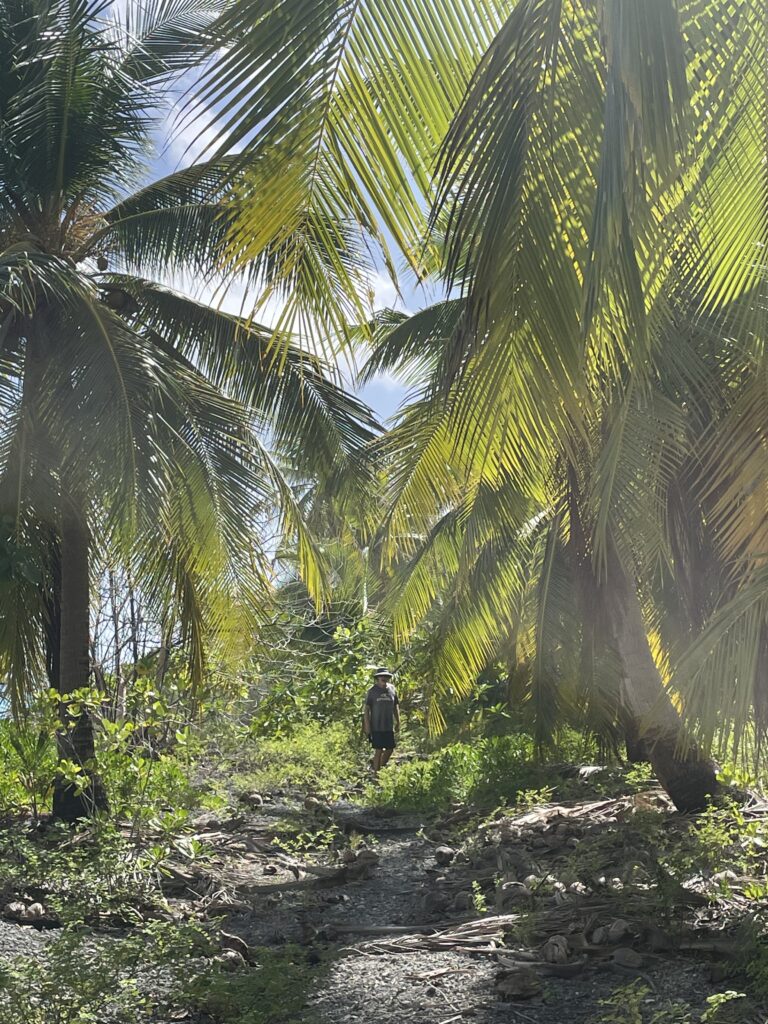
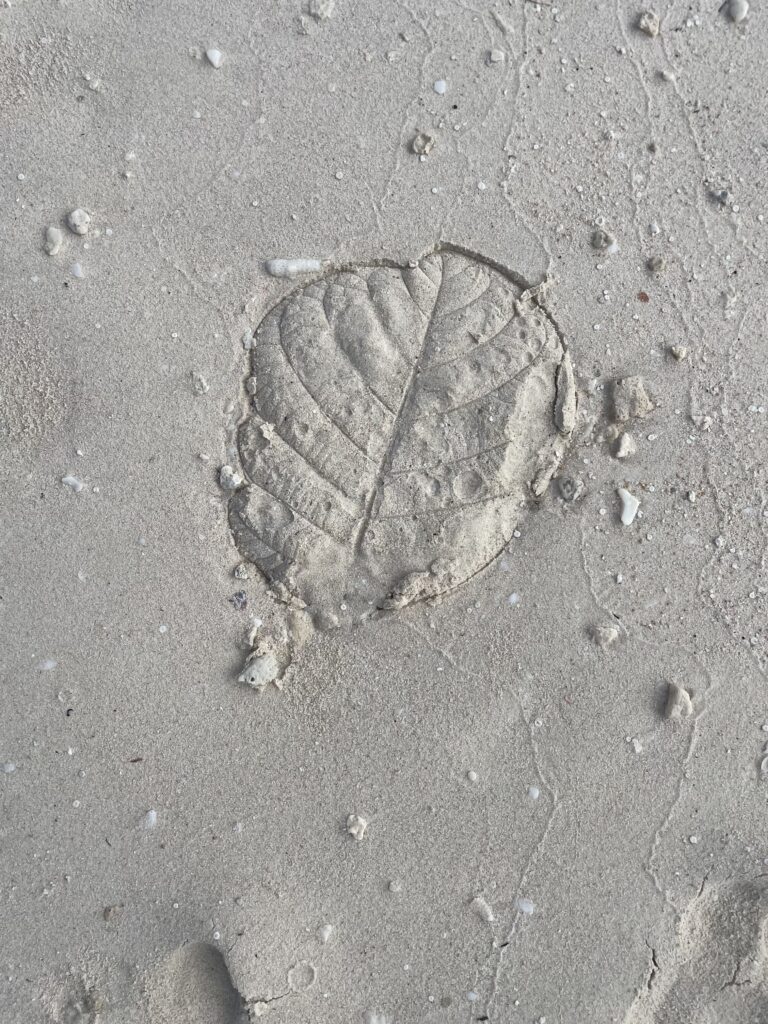
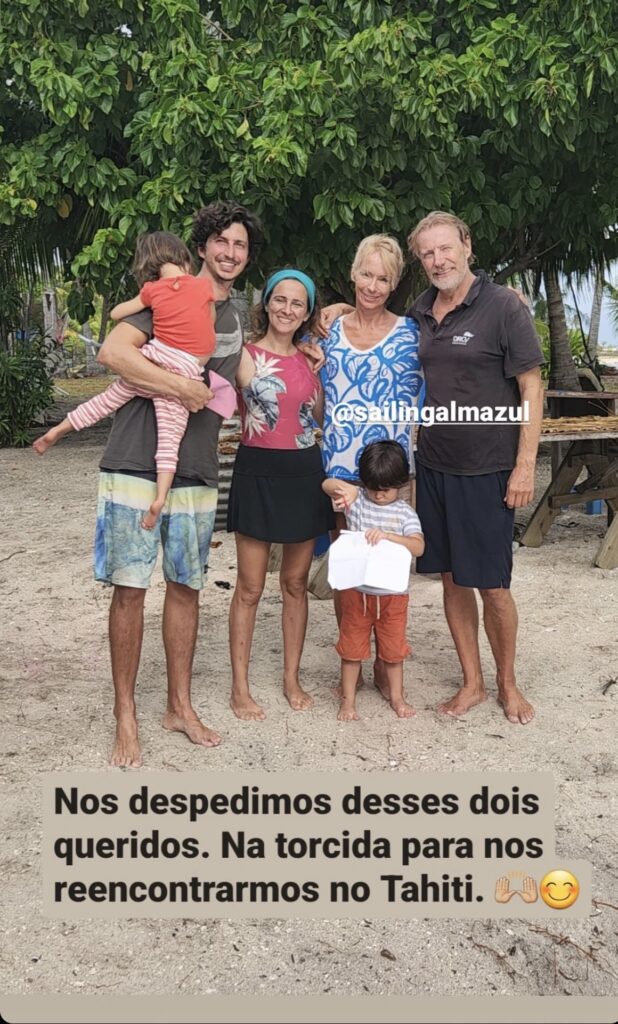

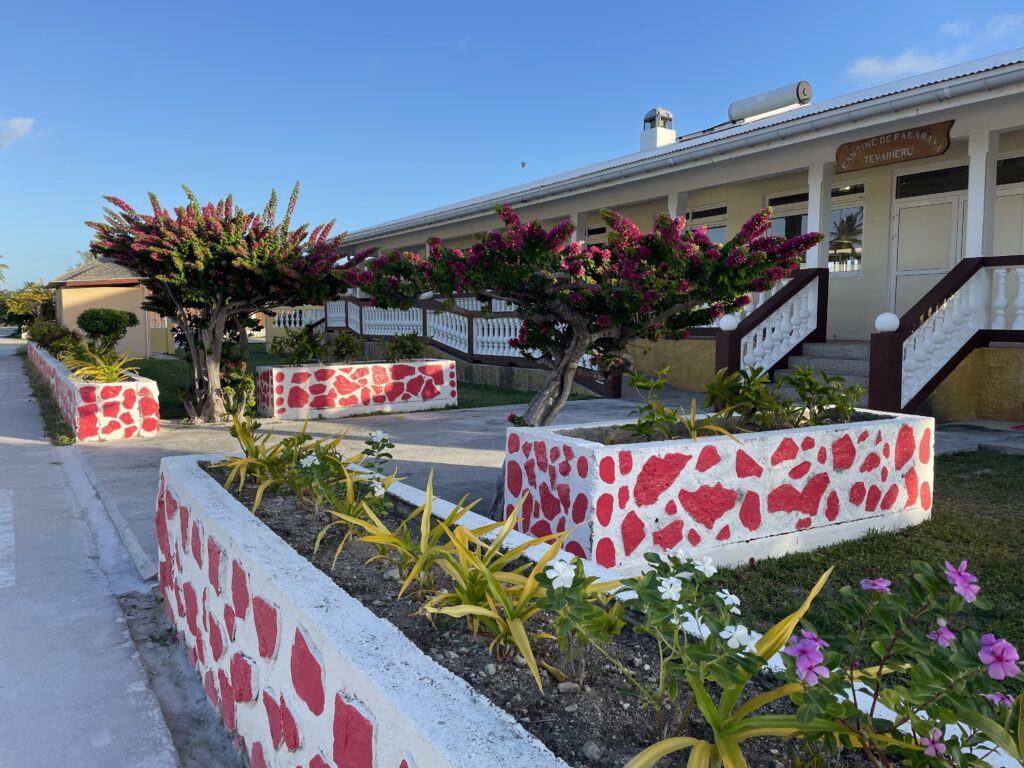
BOAT WORK:
In general, there has been less boat work and more relaxation here – certainly a perfect location for it!
- Changed zinc anode 4 months after last change.
- More dinghy patching!
- Beginning of a fan repair? It became impossible to turn one fan off, so Magnus had to relocate it, swapping positions with the functioning fan, until we can get a new switch in Tahiti.
- Changed D shackle on furler to reduce the length a little.
- Getting to know the trick to start new dinghy engine.
- Scraped the waterline to remove the green beard that quickly grows when still in these warm waters. We’re pretty happy with the new anti foul applied in Panama, it’s harder; less ablative than what we’ve used previously. It’s nice to be able to scrape the growth off, without also scraping off anti foul and putting it into the sea.
- More splicing, this time a more permanent solution to secure the swim ladder.
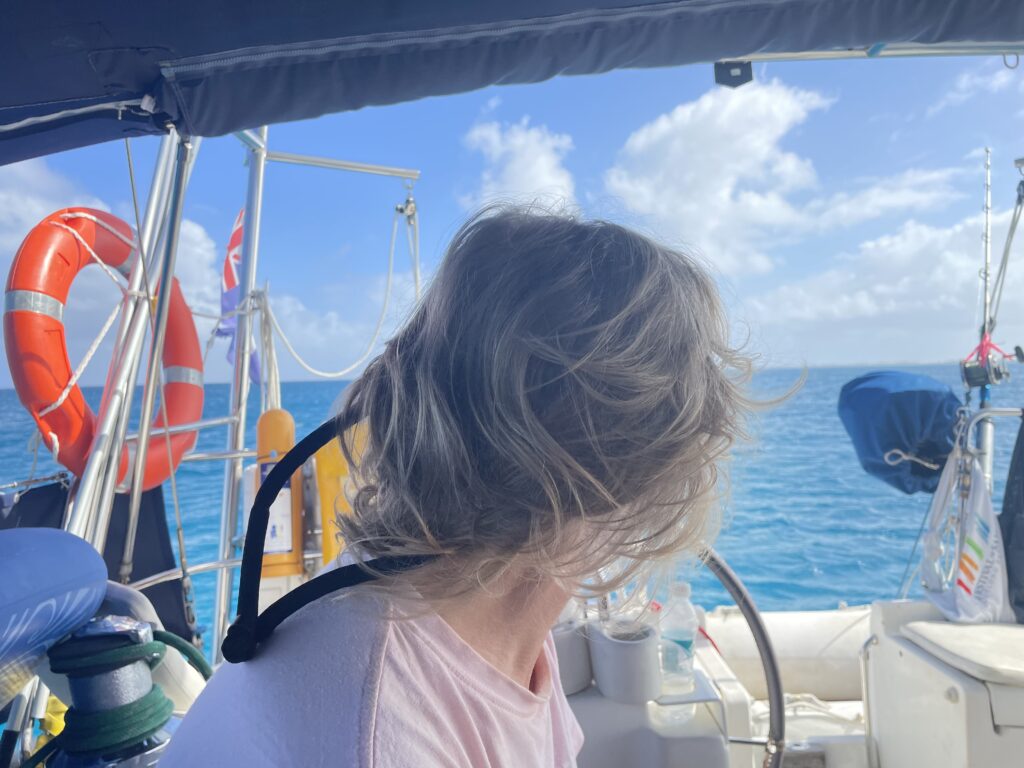
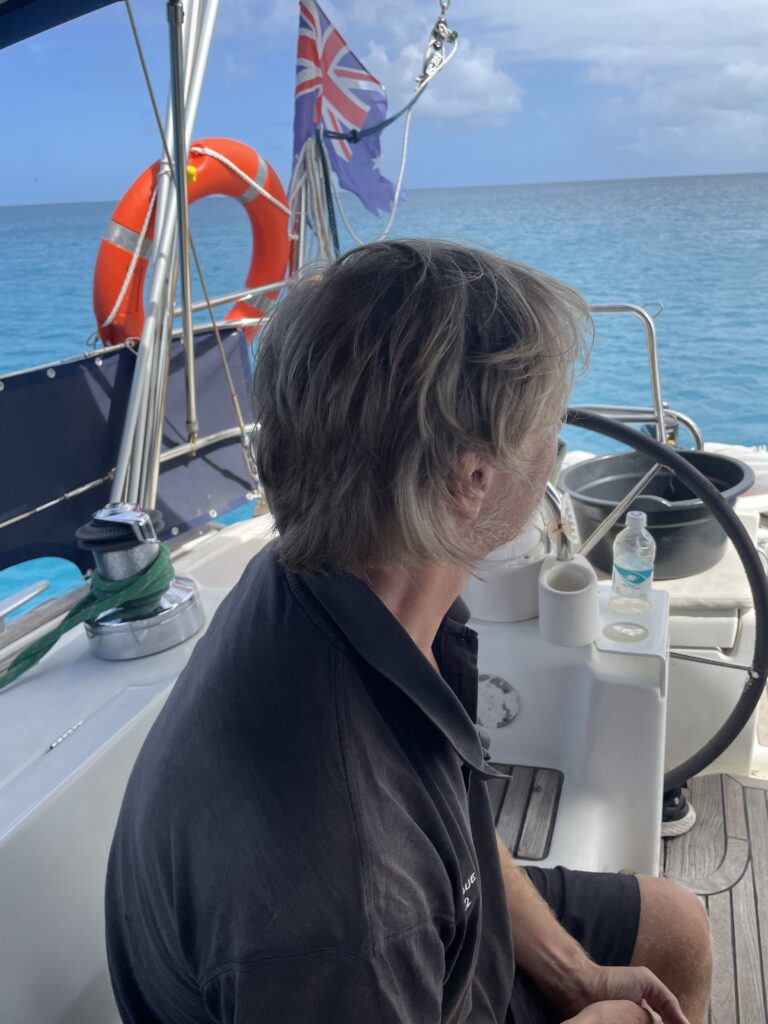
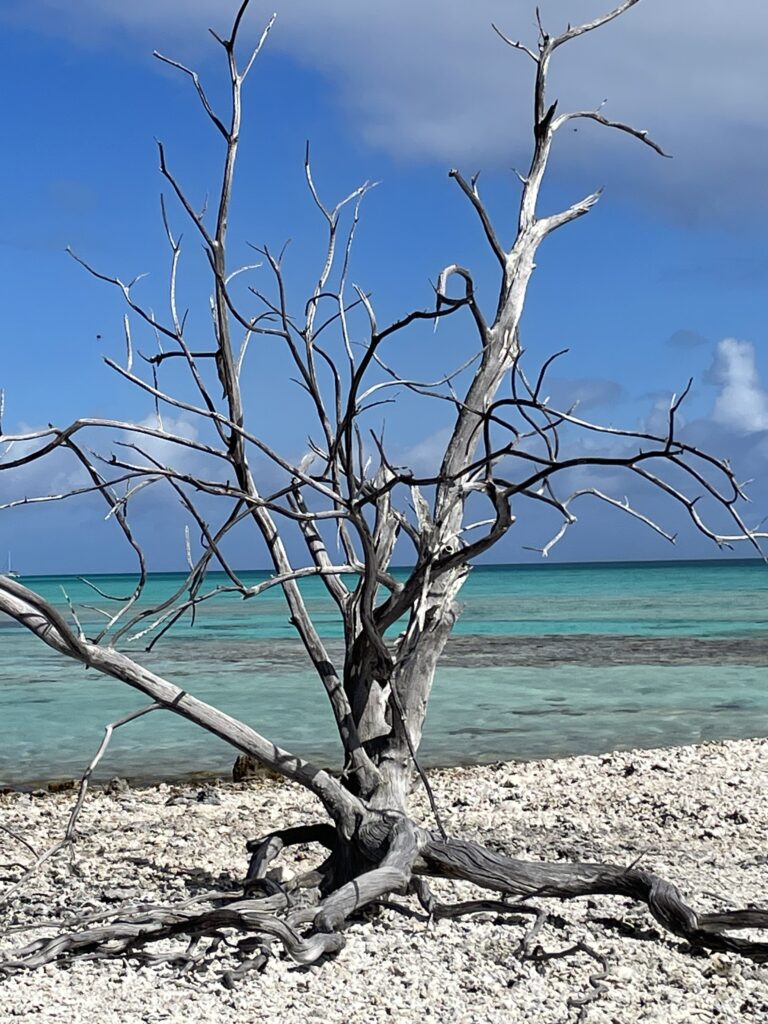

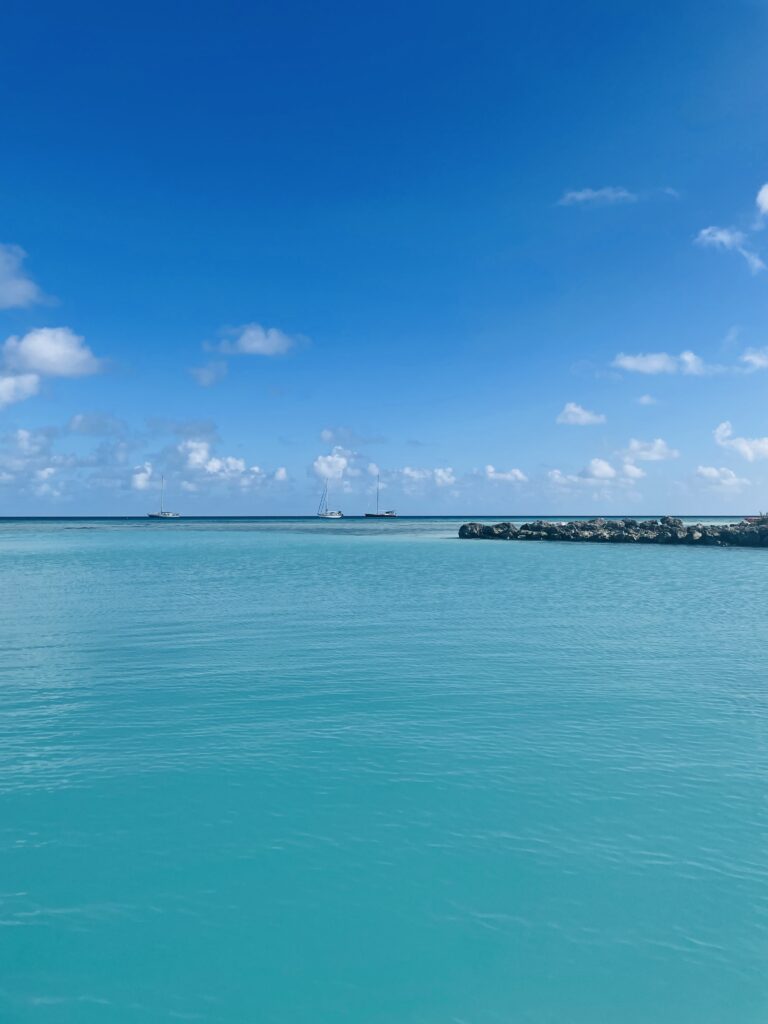
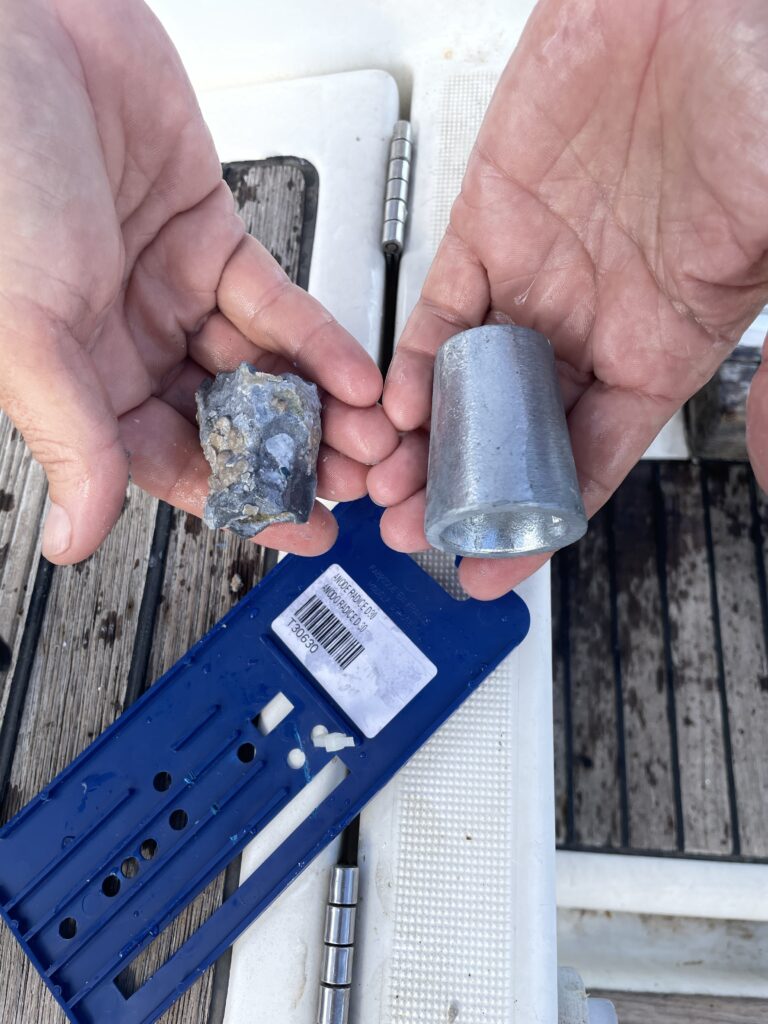
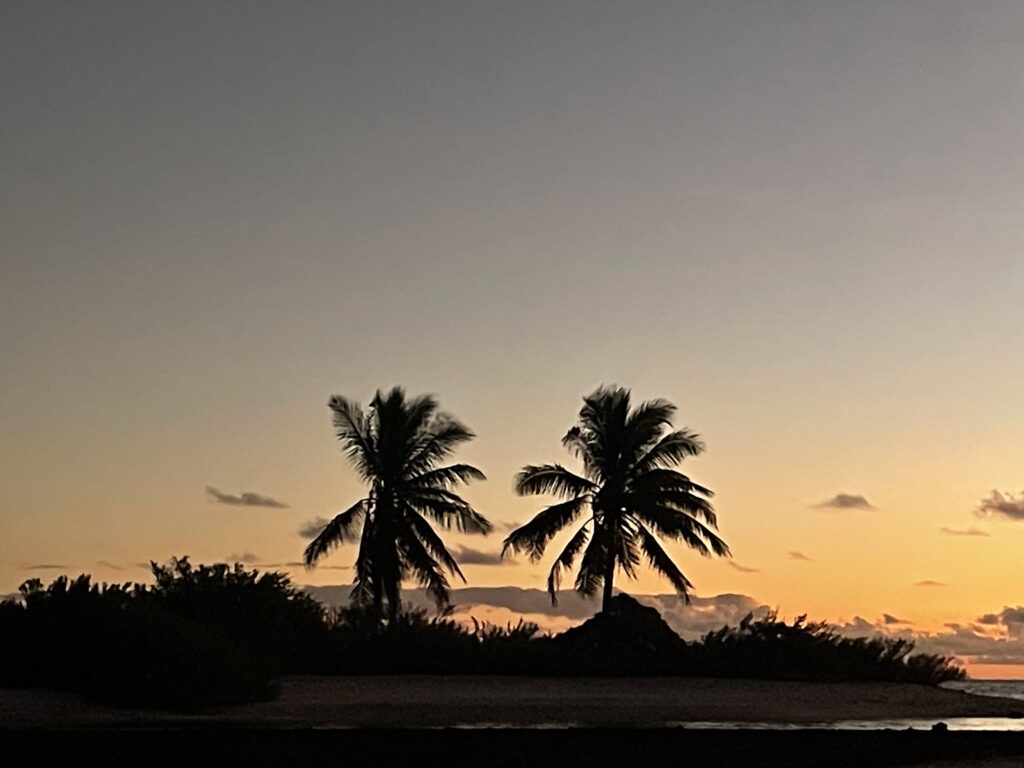
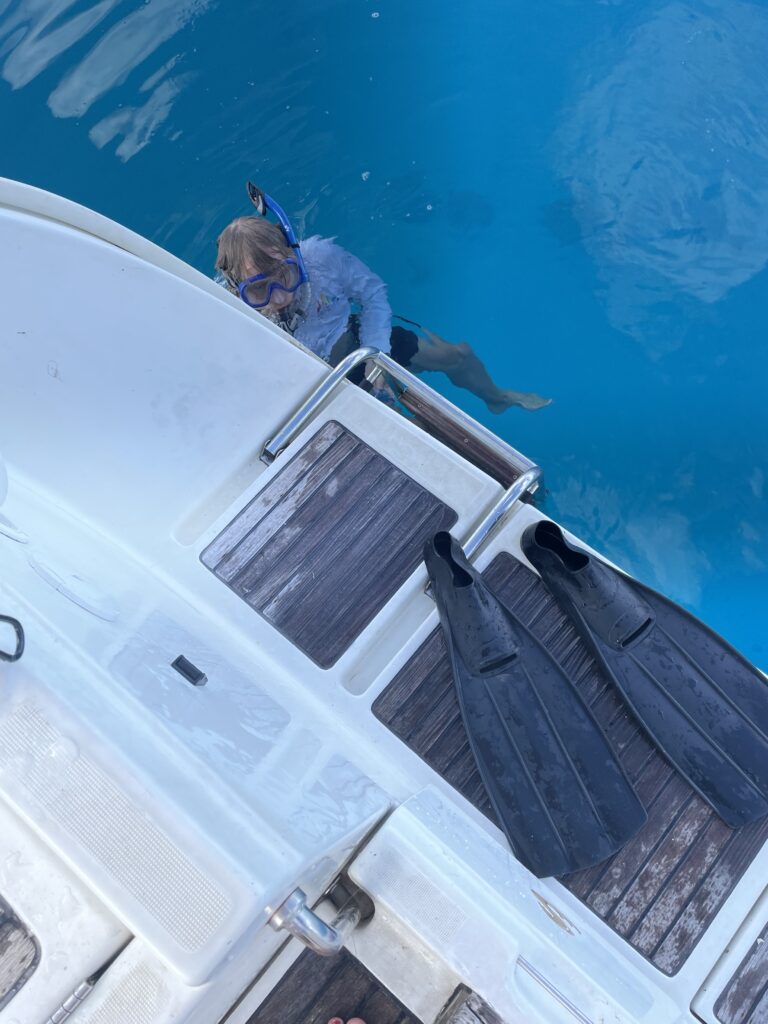
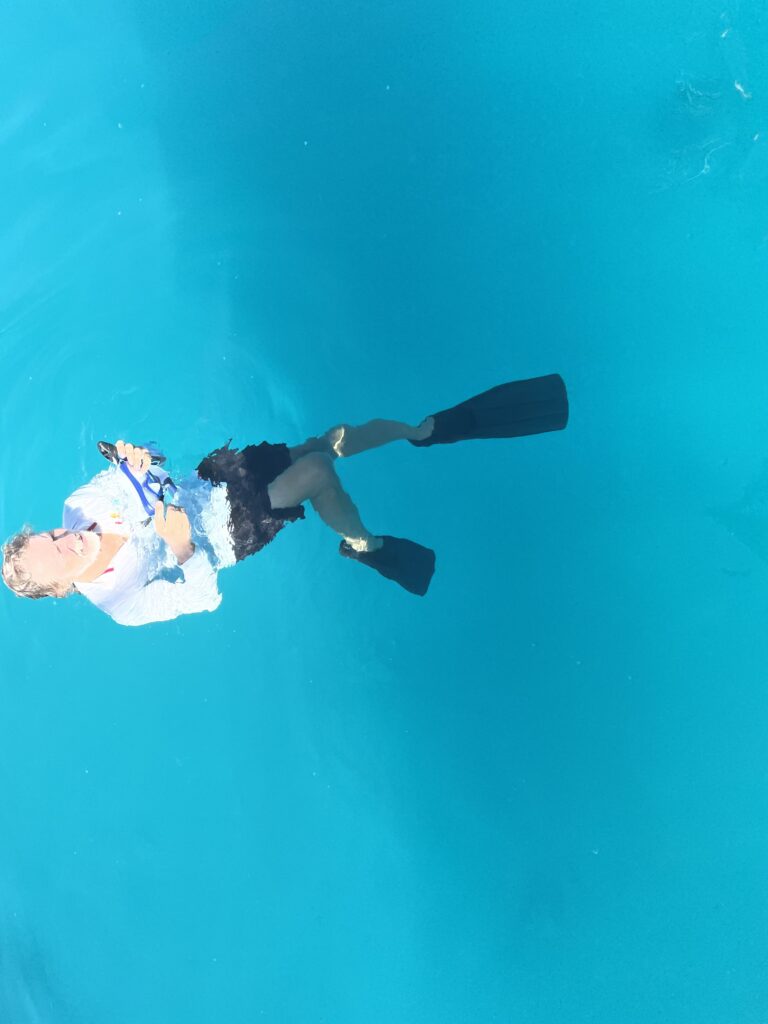
THE SWEDISH STUDENT:
Den svenska studenten har blivit student i franska och lite portugisiska denna månad! Franska för att jag måste, och portugisiska för att vi håller på att bli vänner med en härlig portugisisk familj med två små barn – och det finns ingen bättre motivation för att lära sig några nyckelord än att vilja kunna prata med små barn!
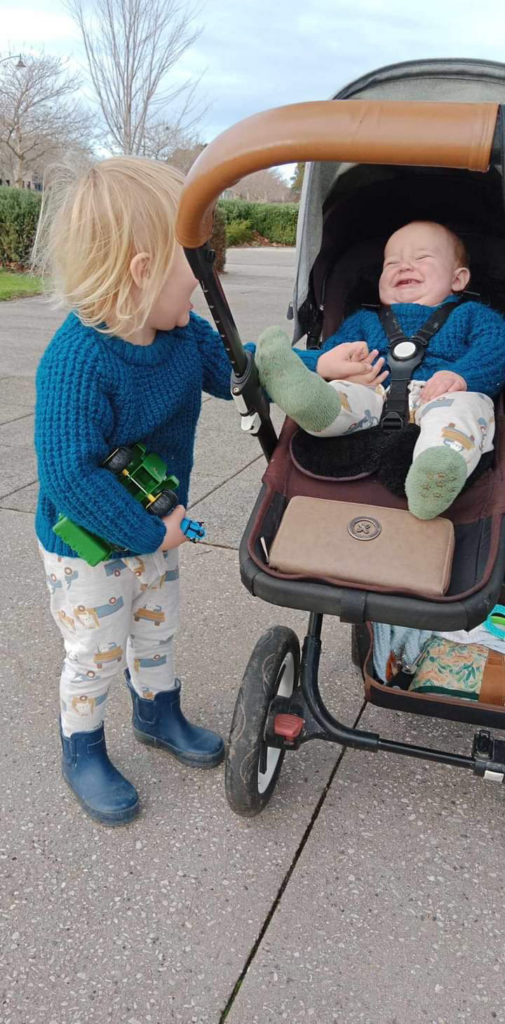
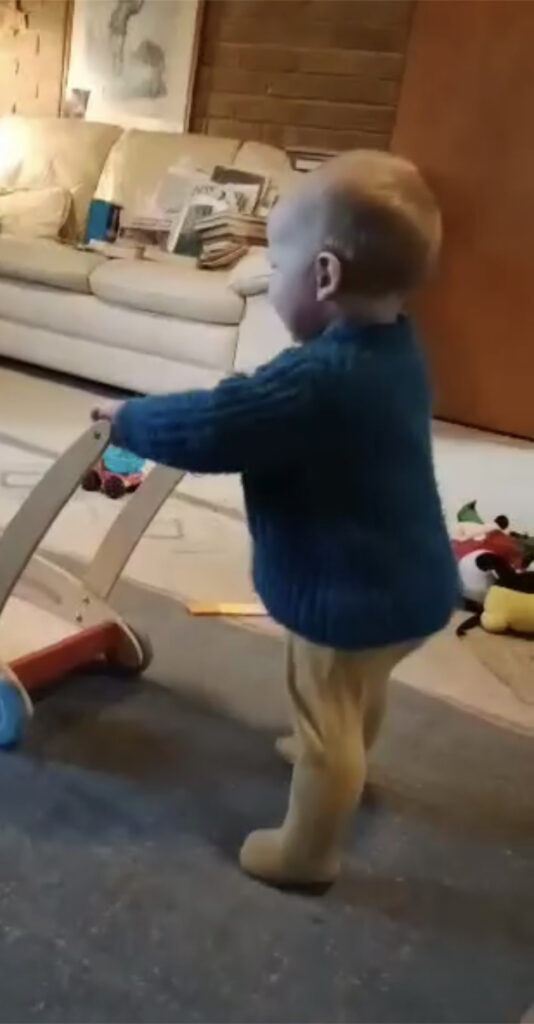
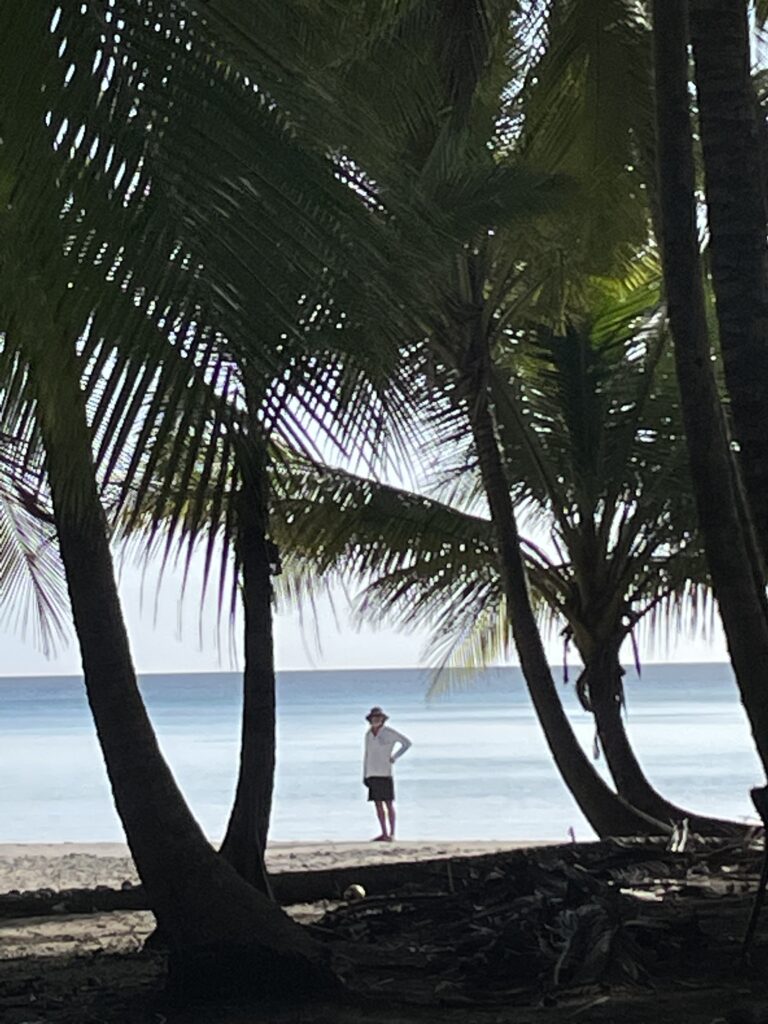
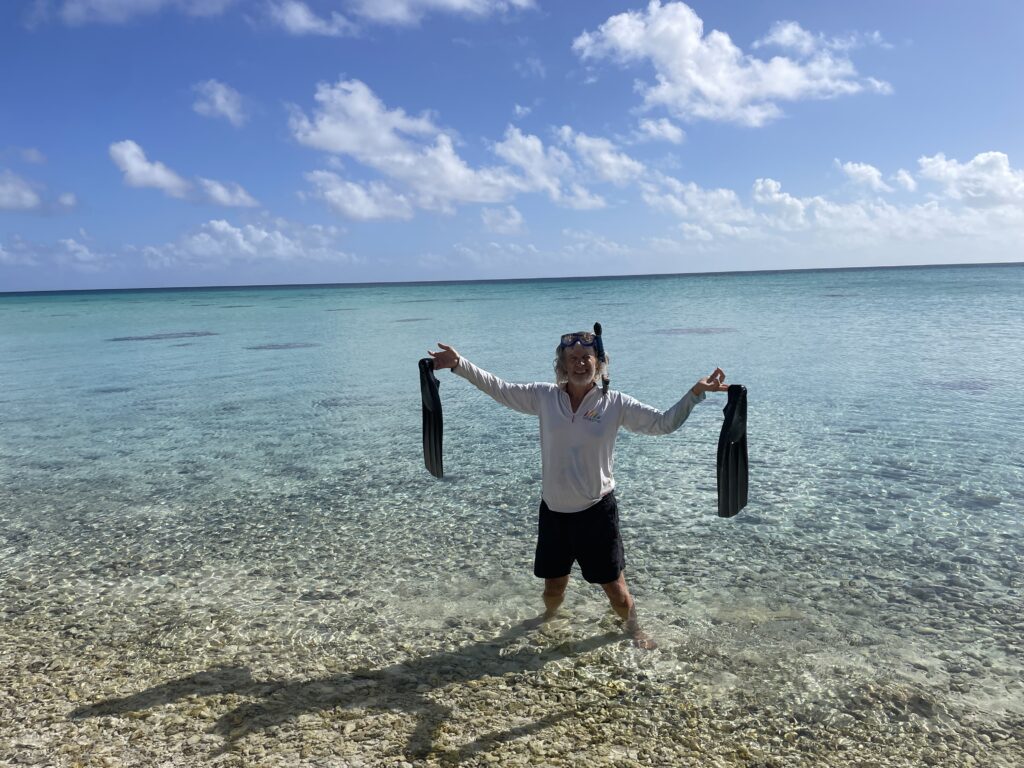
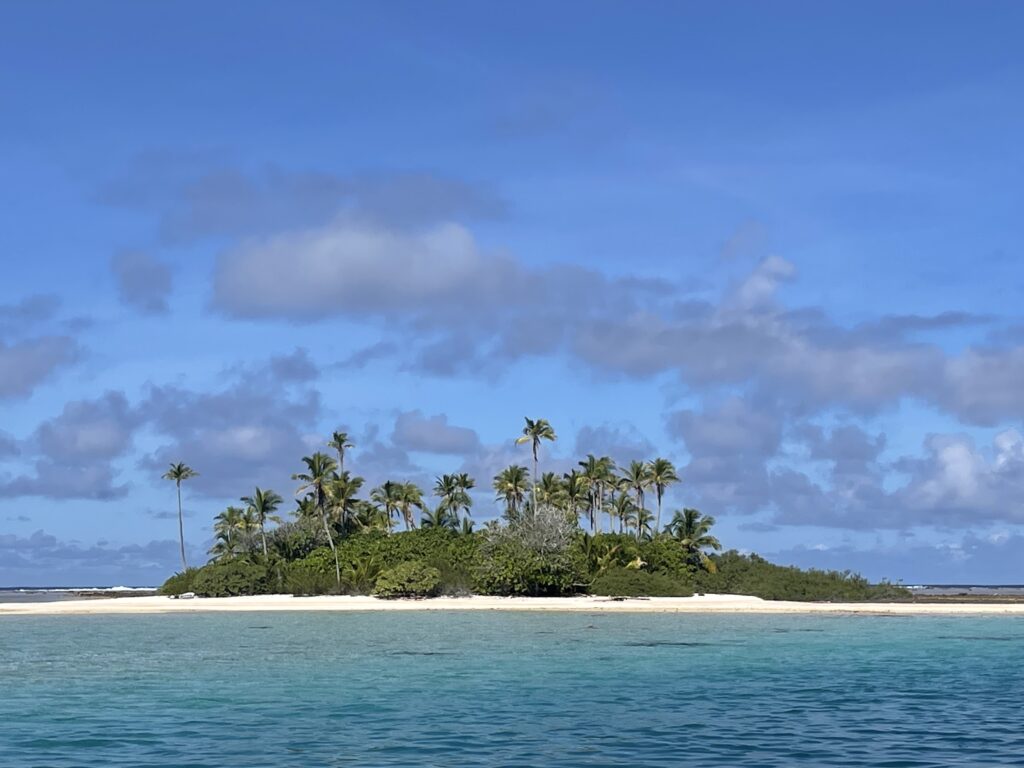
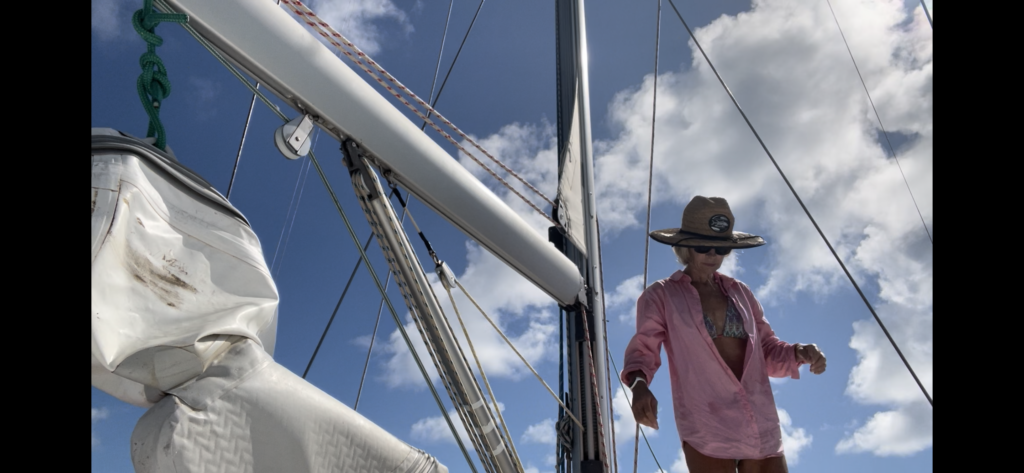



Hej!
Det ser helt fantastiskt ut på era bilder. Blir riktigt avundsjuk. Idag 16/7 har vi en vecka kvar att jobba innan vår semester börjar. På fredag sticker vi ut mot skärgården. Skriver detta på svenska så att Rebecca inte glömmer att träna språket. Här är en ramsa hon kan träna på ” Sju sjösjuka sjömän, sjunger i en sjunkande båt”. Det blir läxförhör nästa gång vi träffas. Ta väl hand om er där borta.
Janne och Sandra
Hej Janne och Sandra!
Det är verkligen kul att höra från dig! Jag hoppas att din semester var fantastisk, med fint väder och massor av god mat och dryck. Tack för ramsan, det är inte det lättaste! Jag hoppas att jag är bra på det när vi ses nästa gång! Jag hoppas att du både mår bra och är nöjd.
Hälsningar,
Rebecca och Magnus